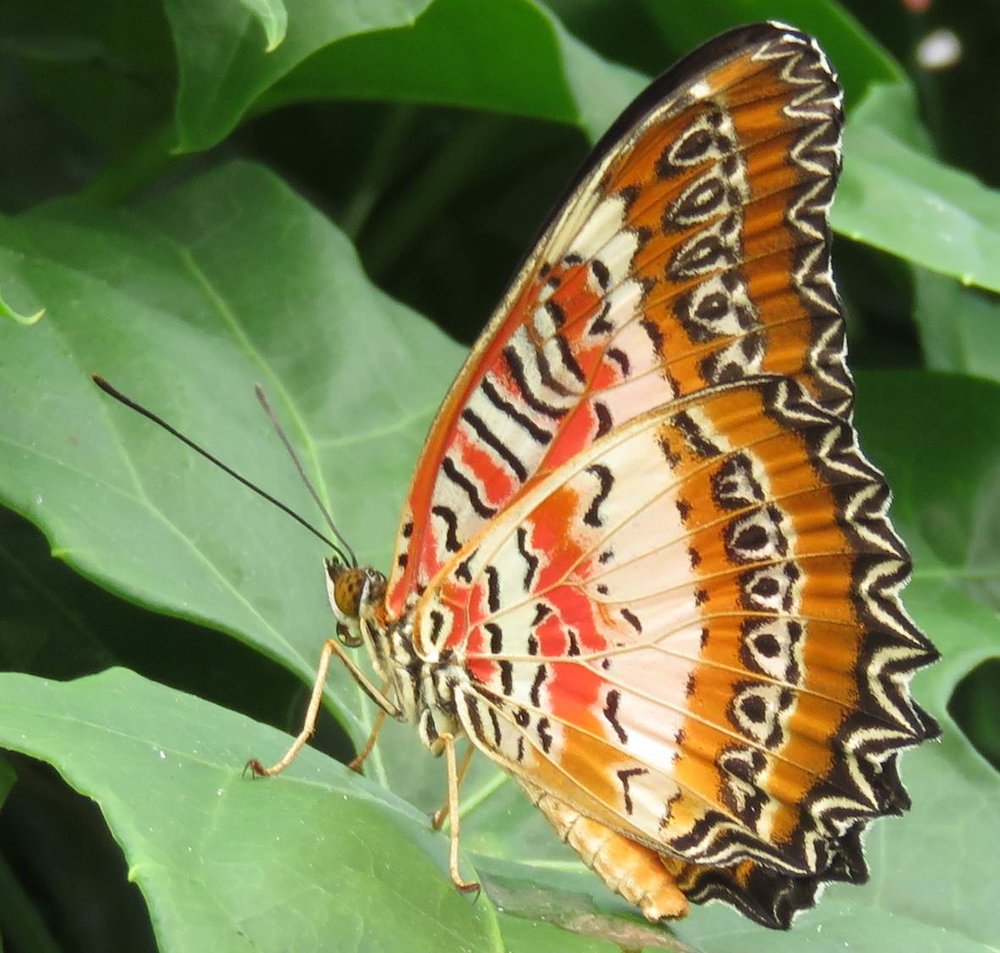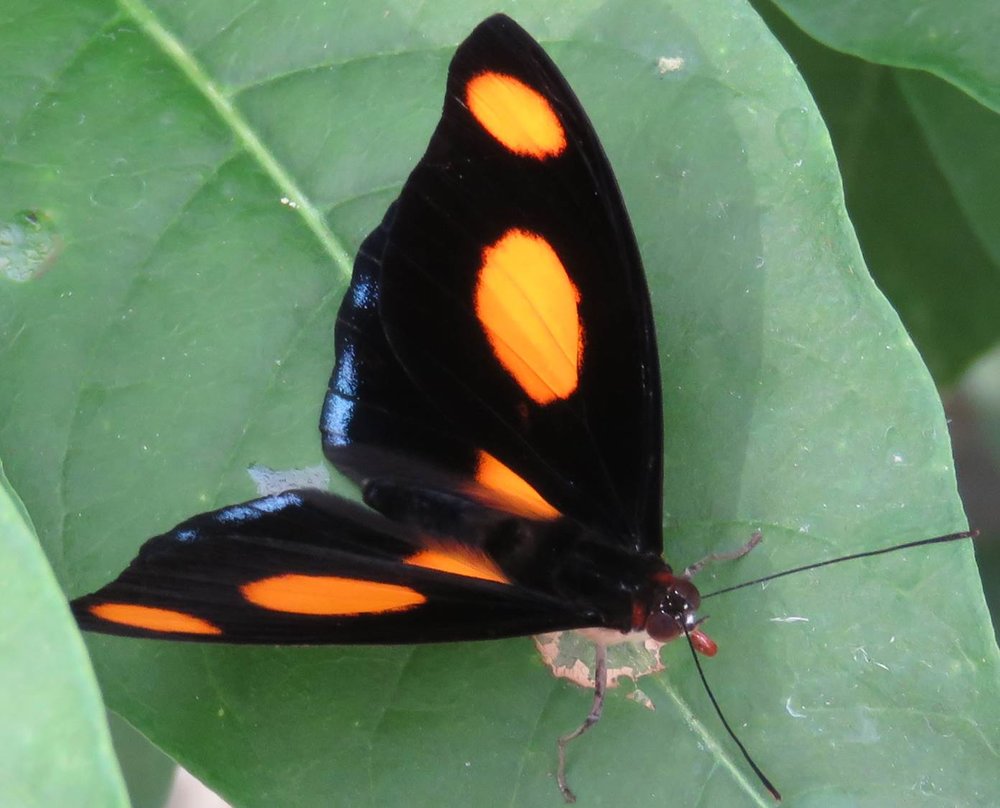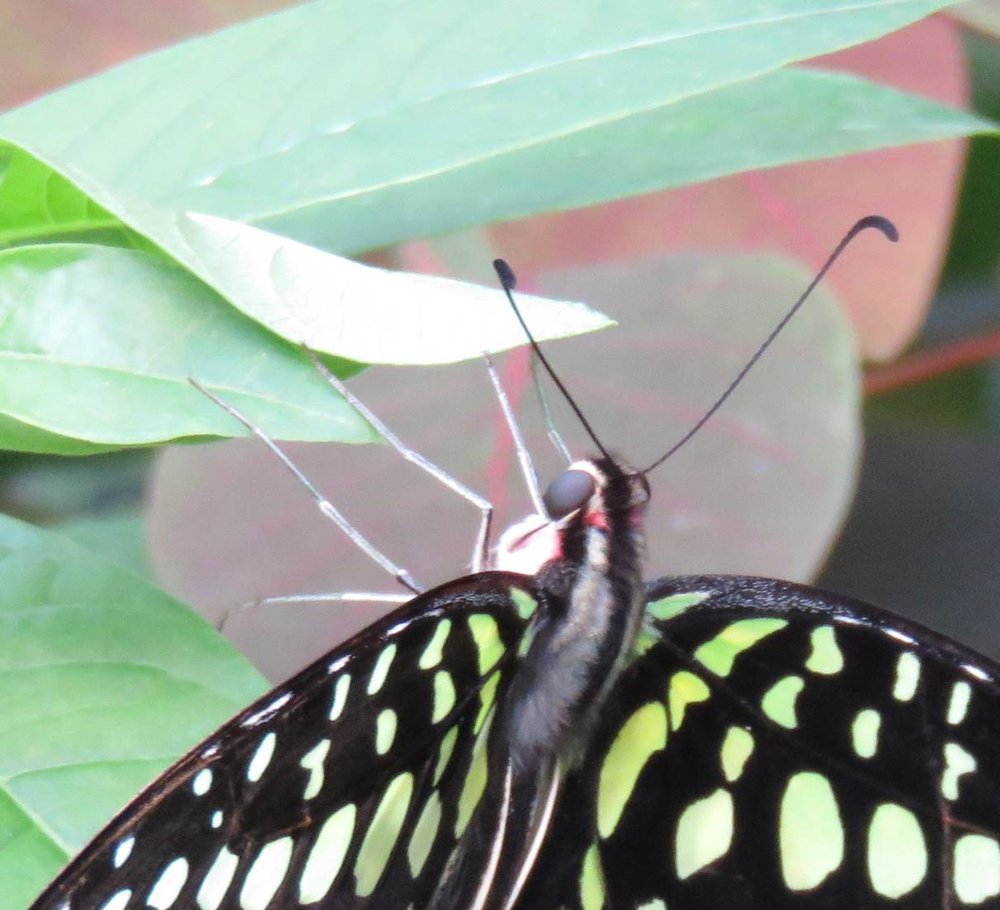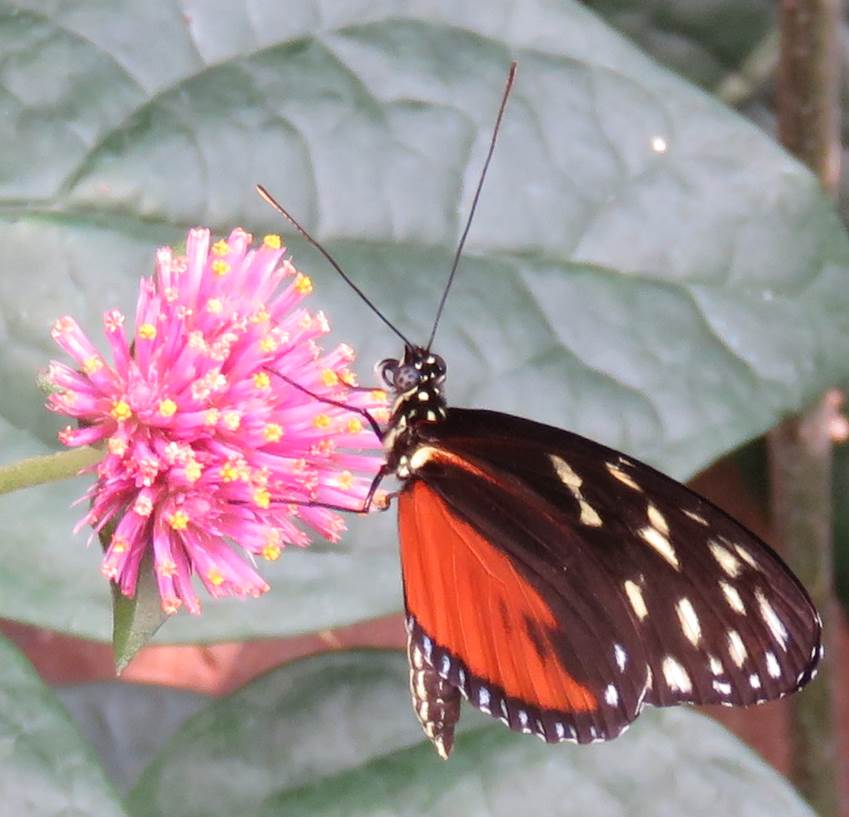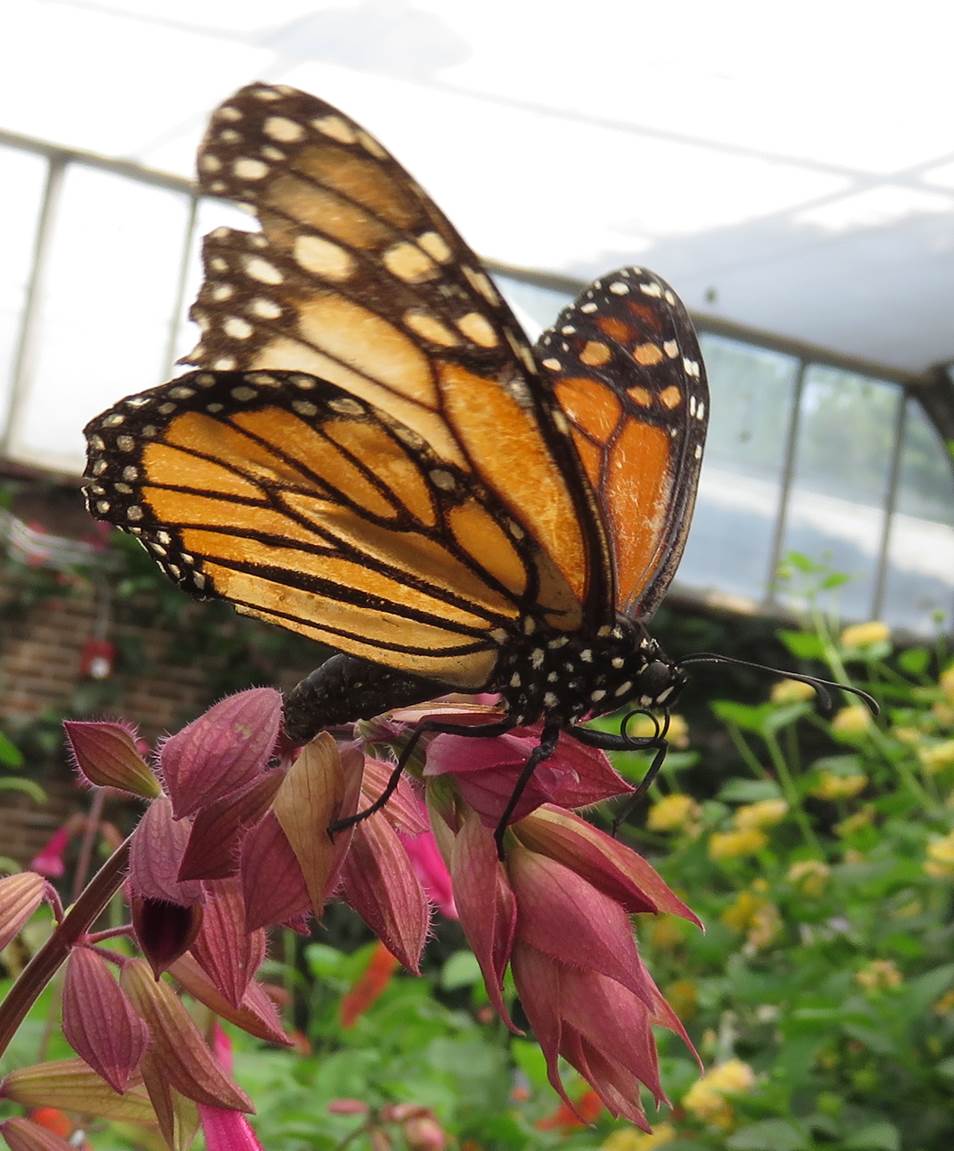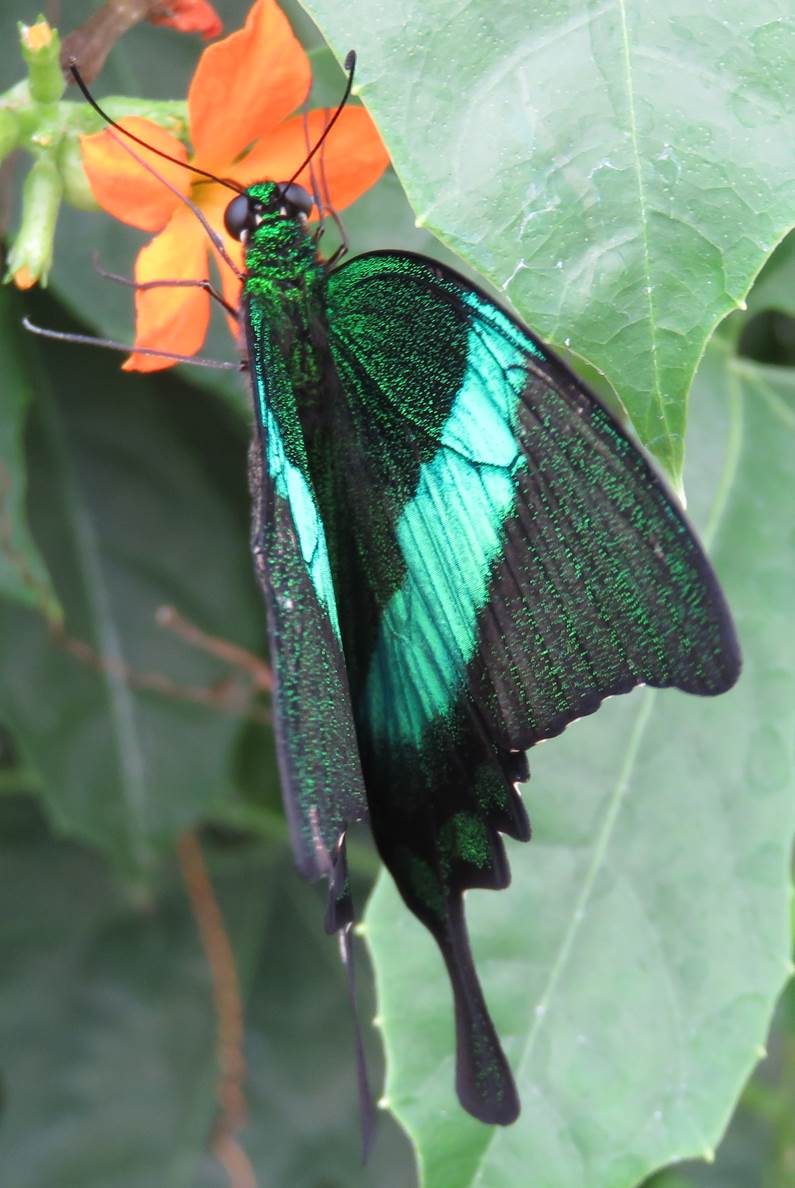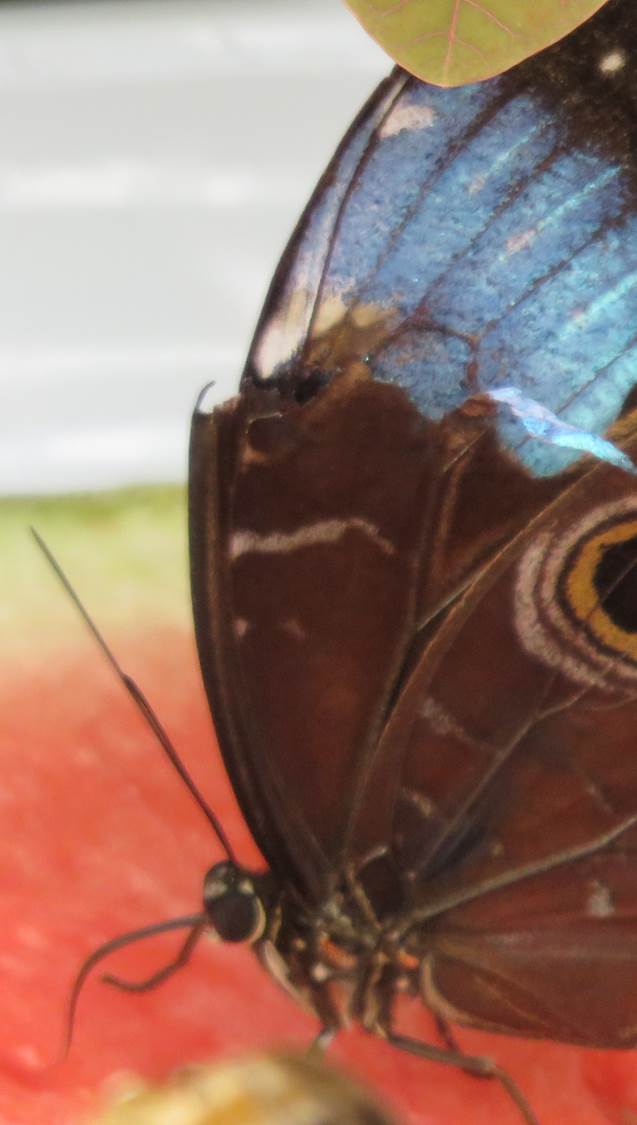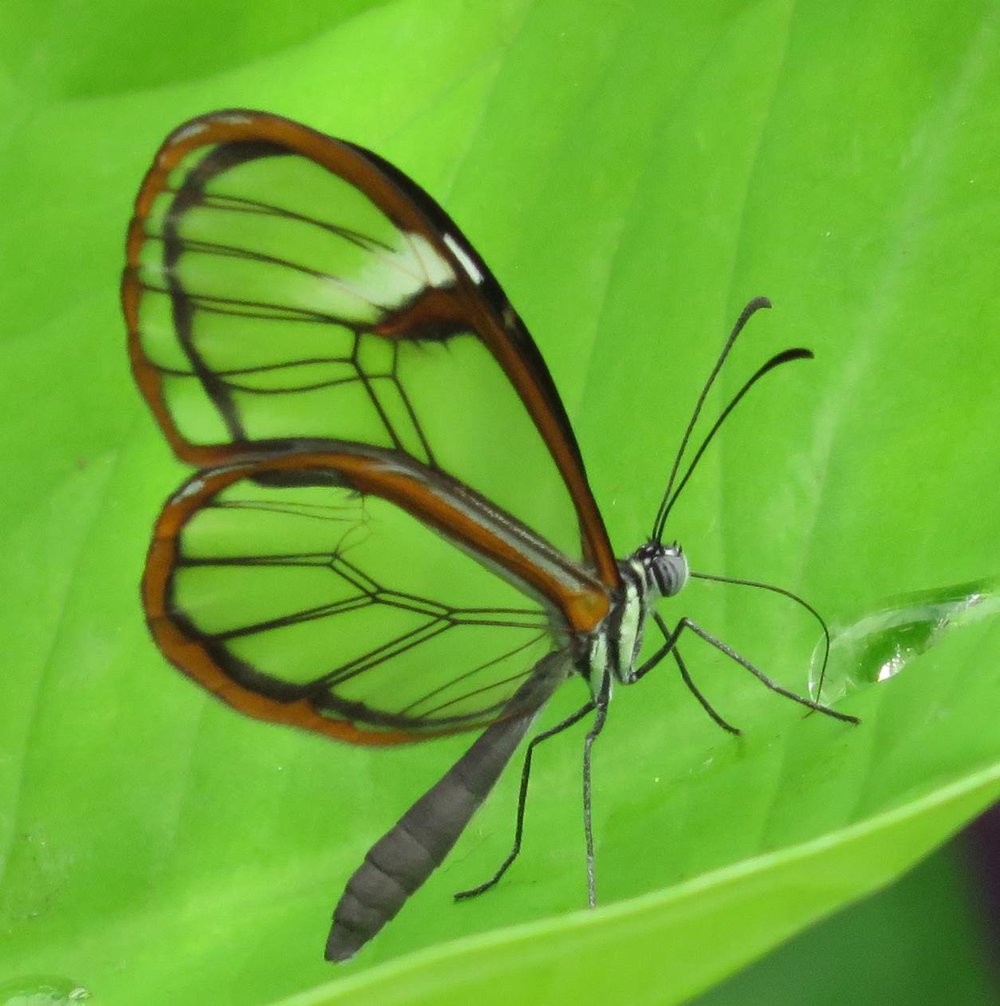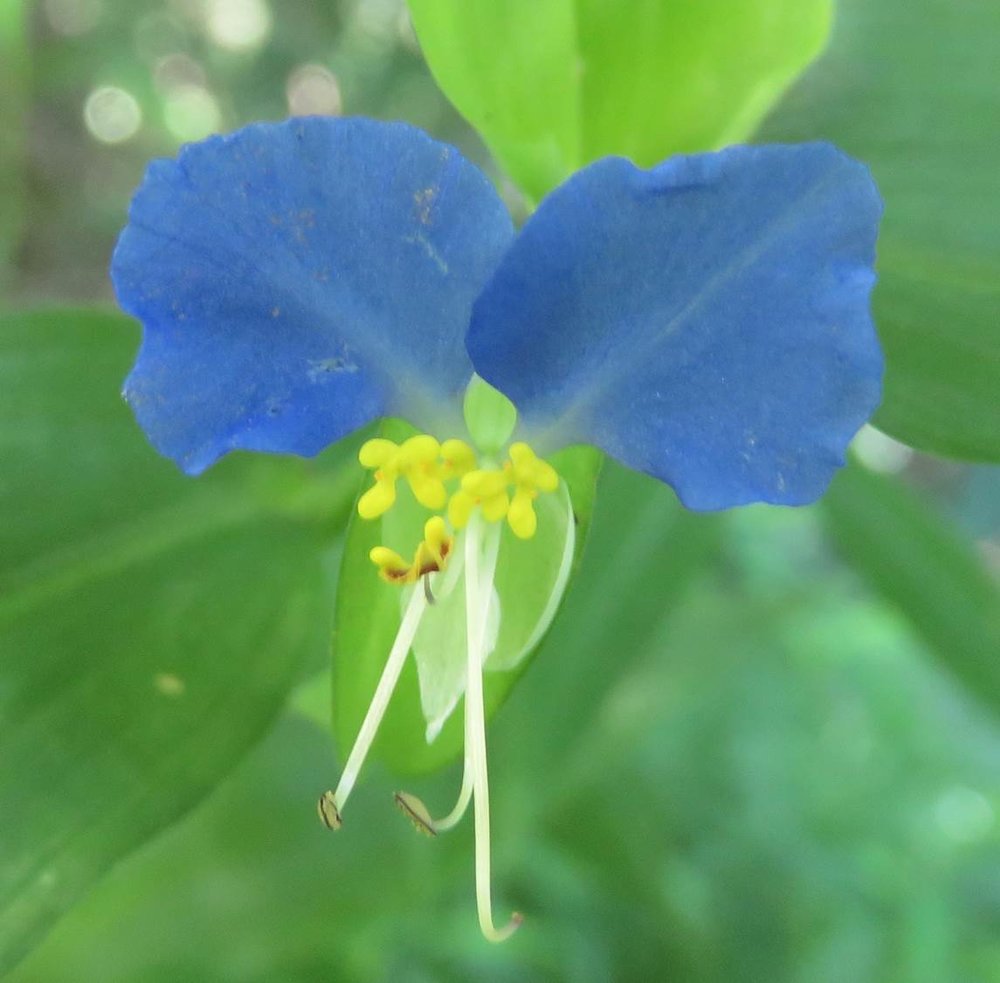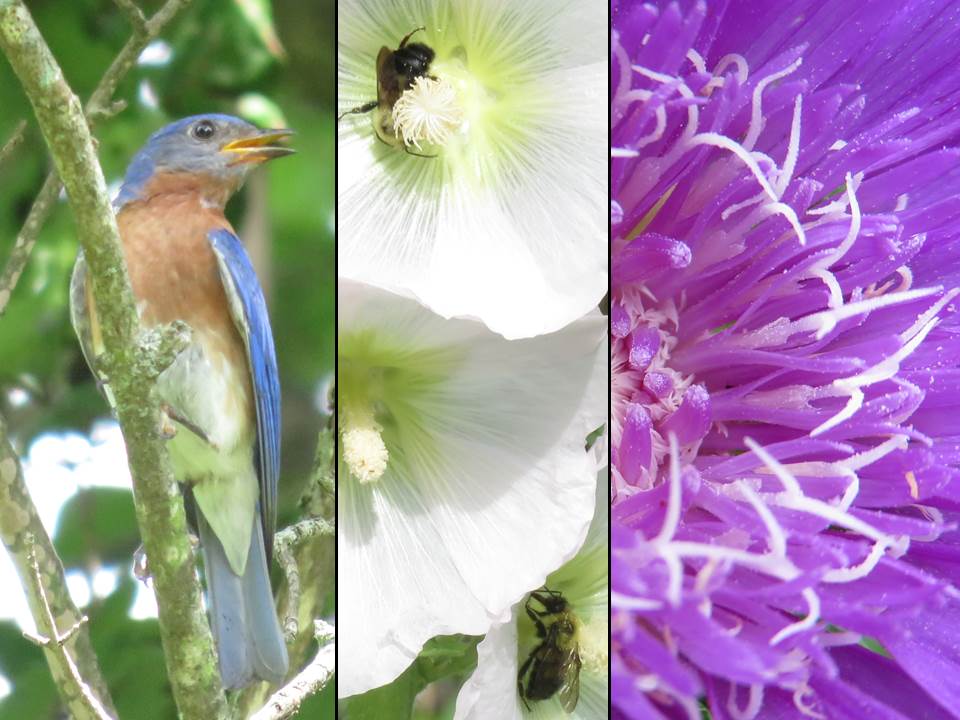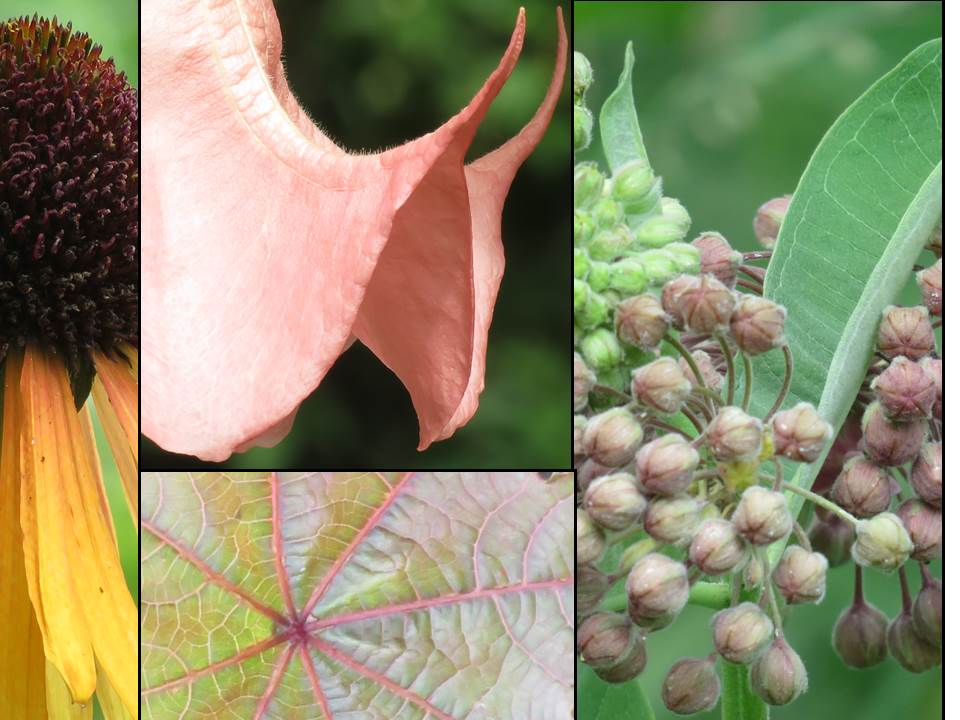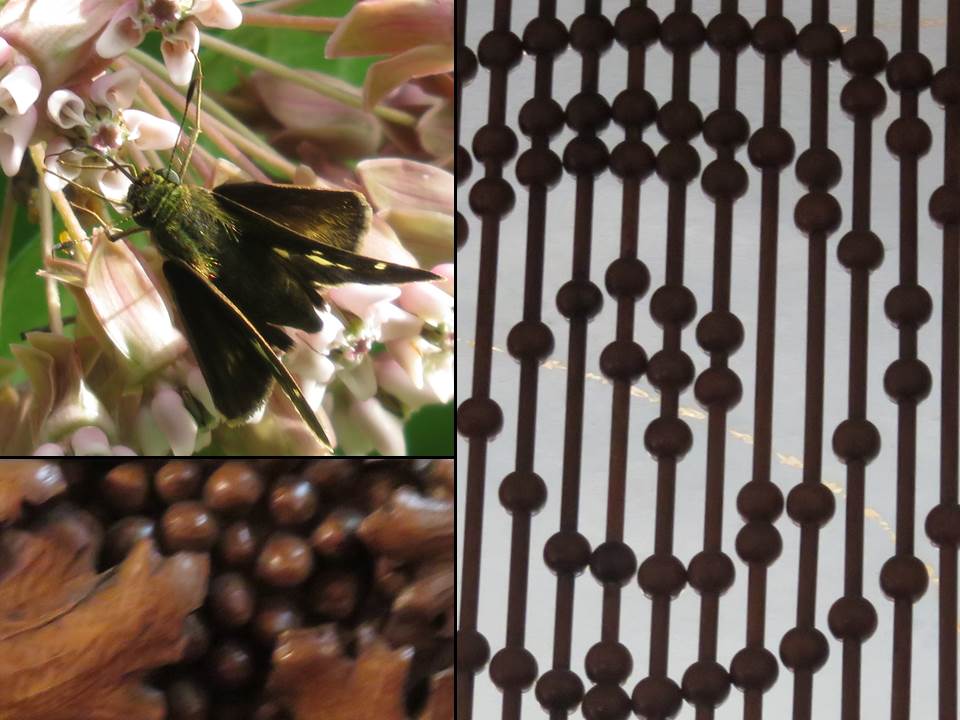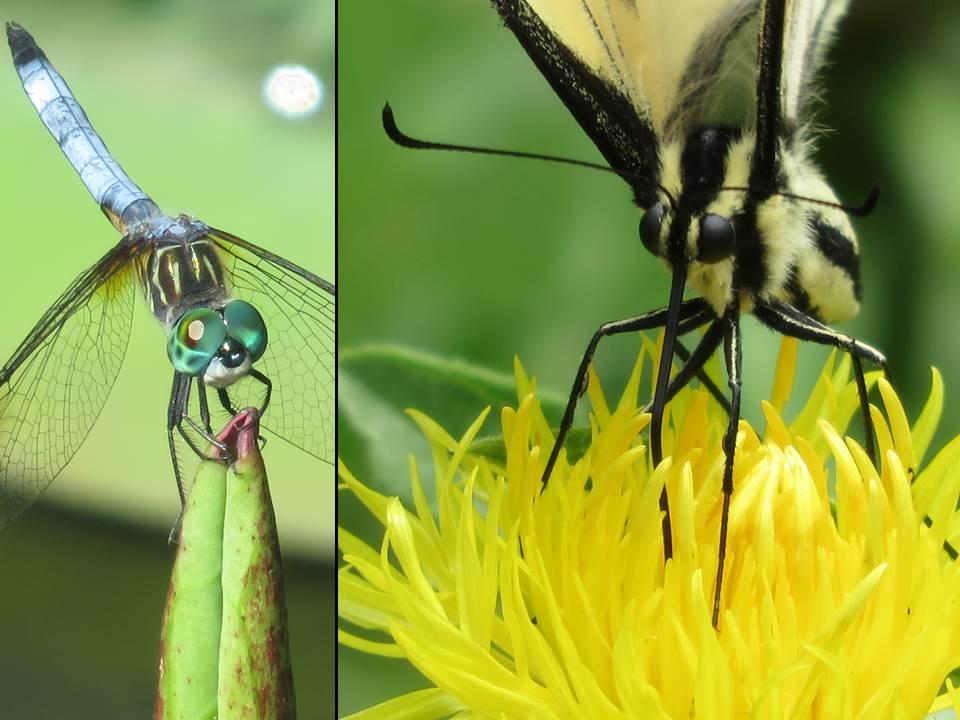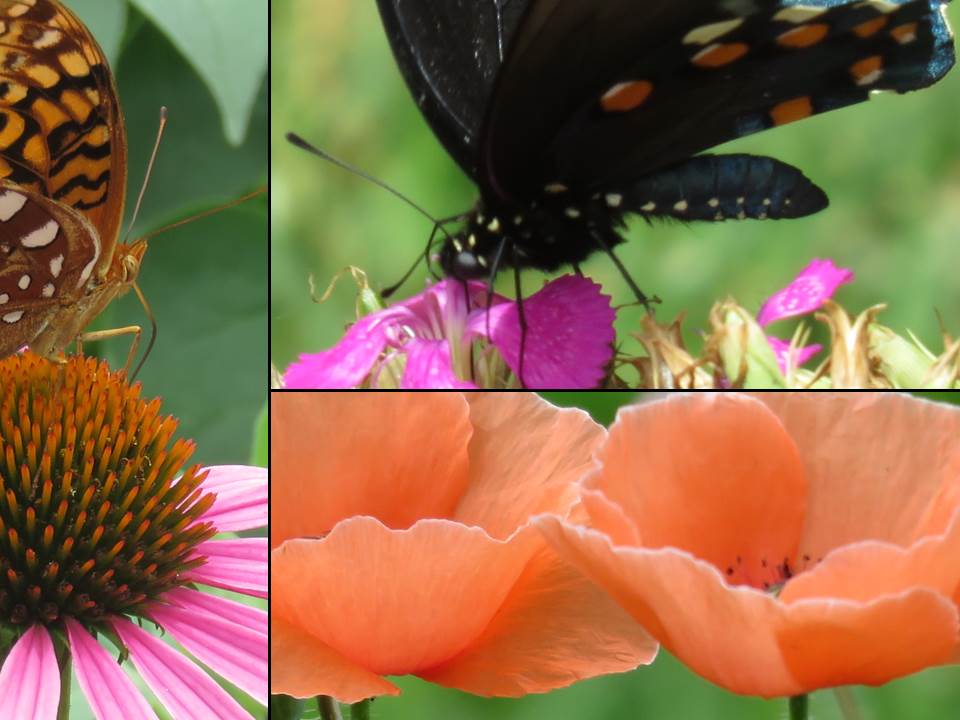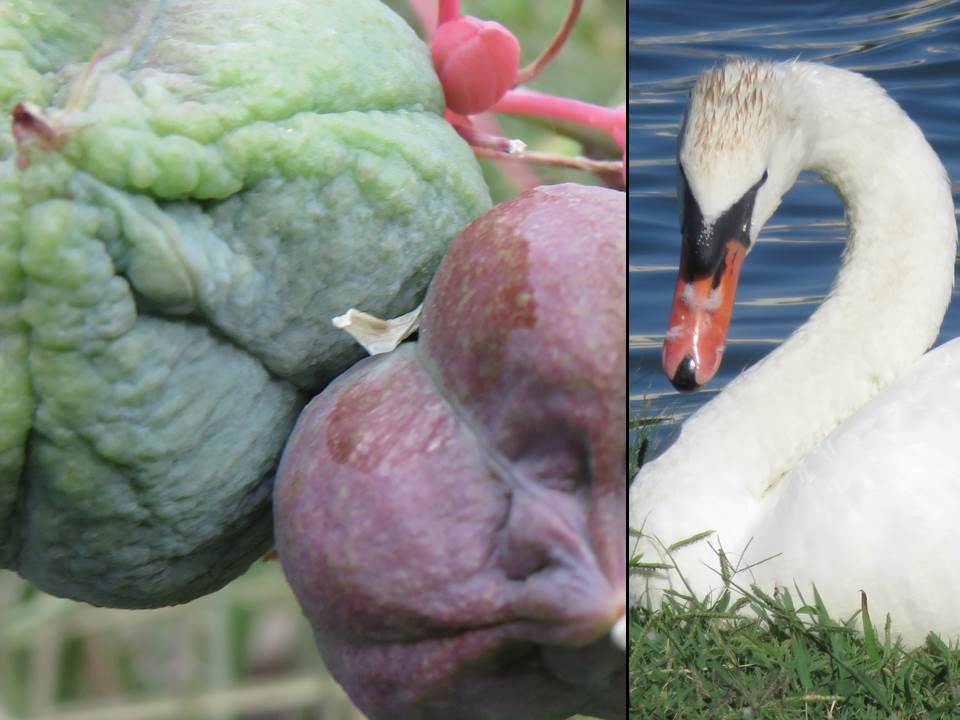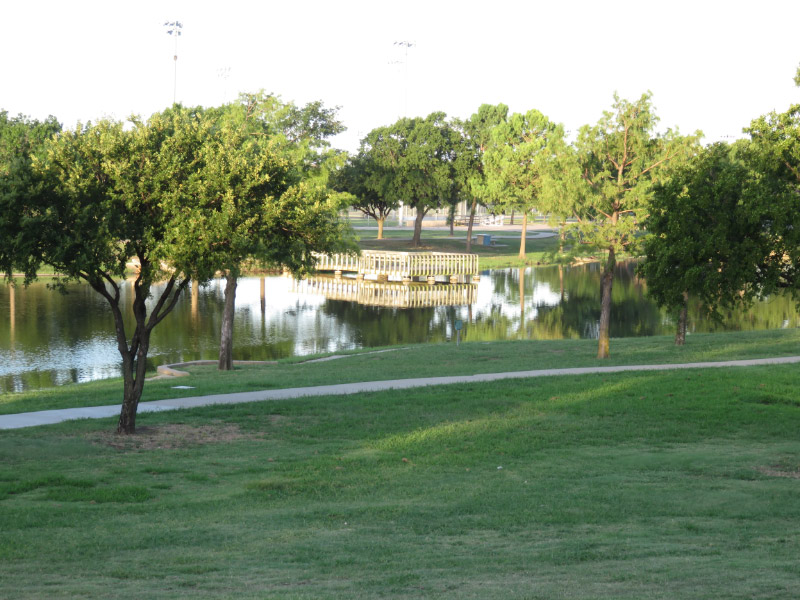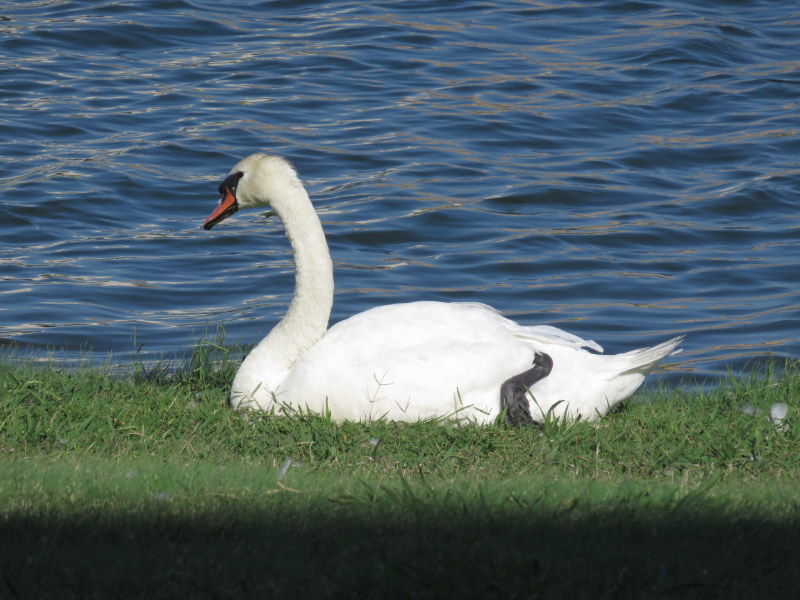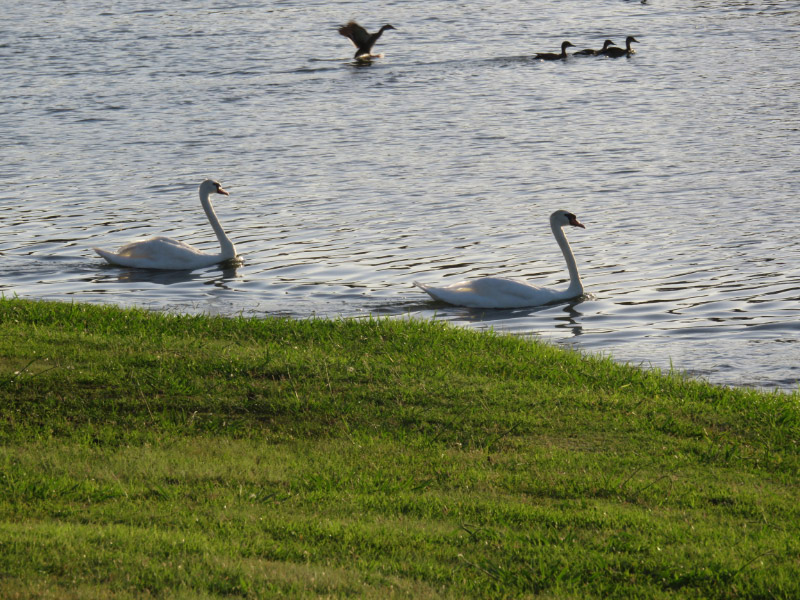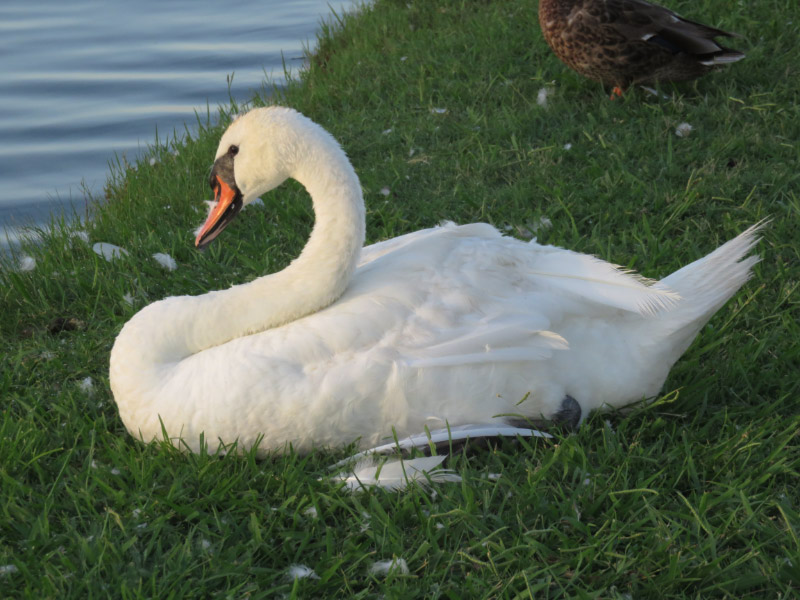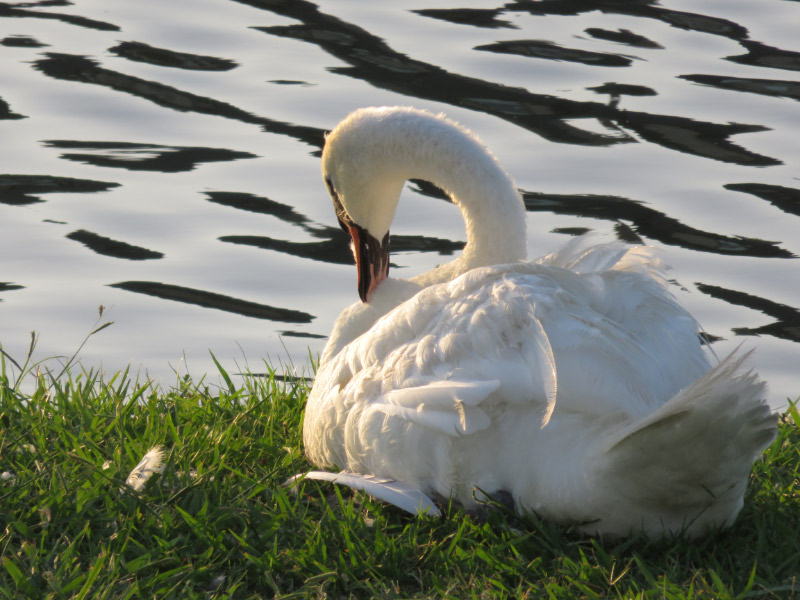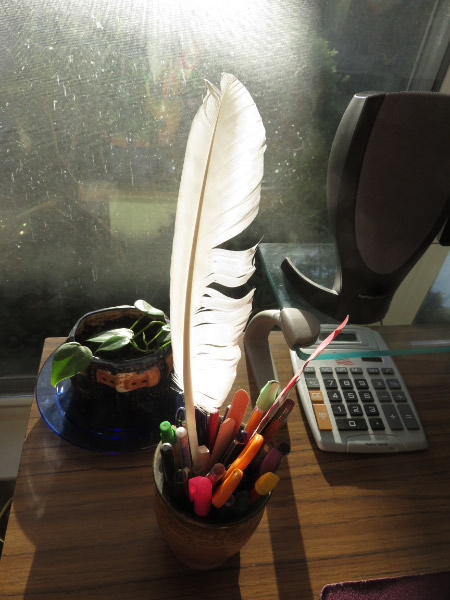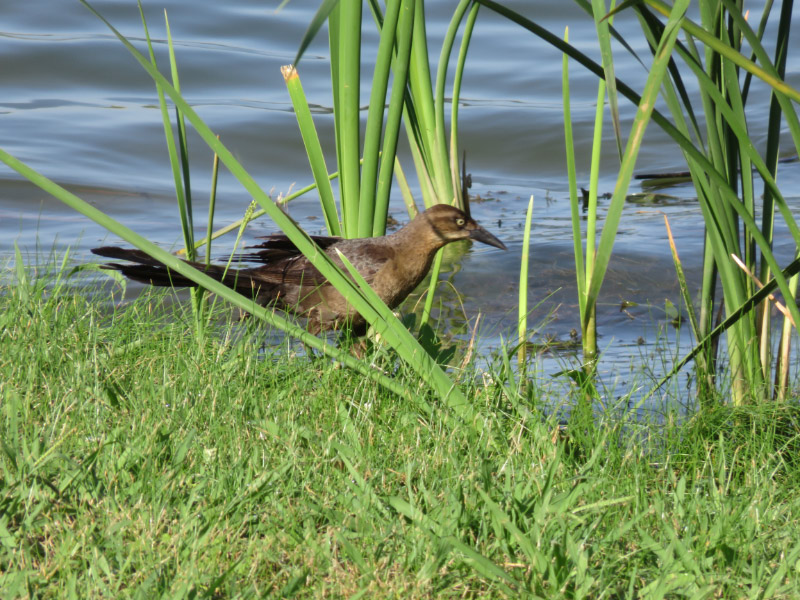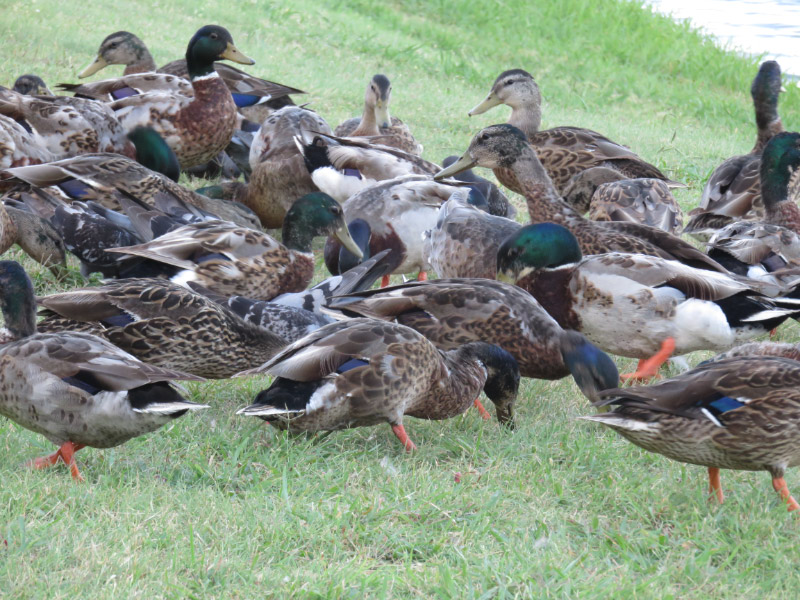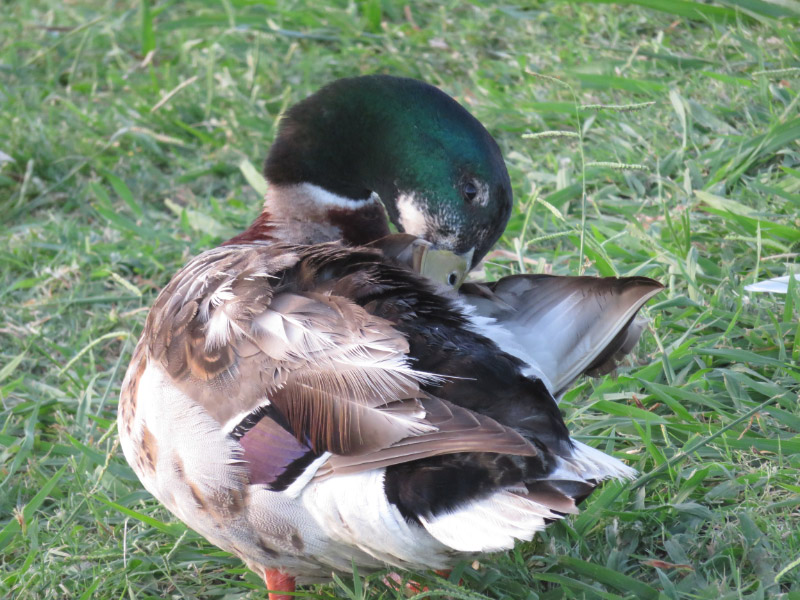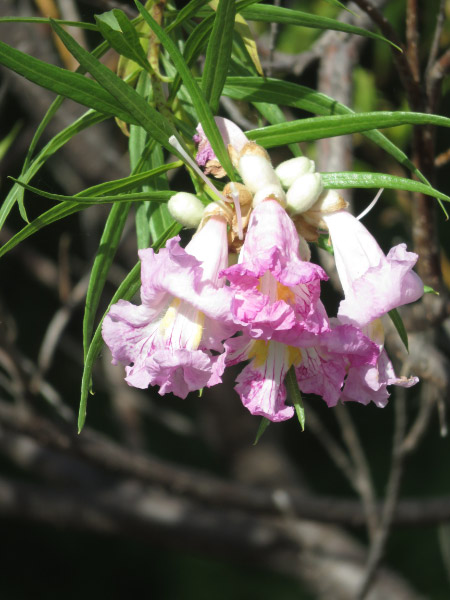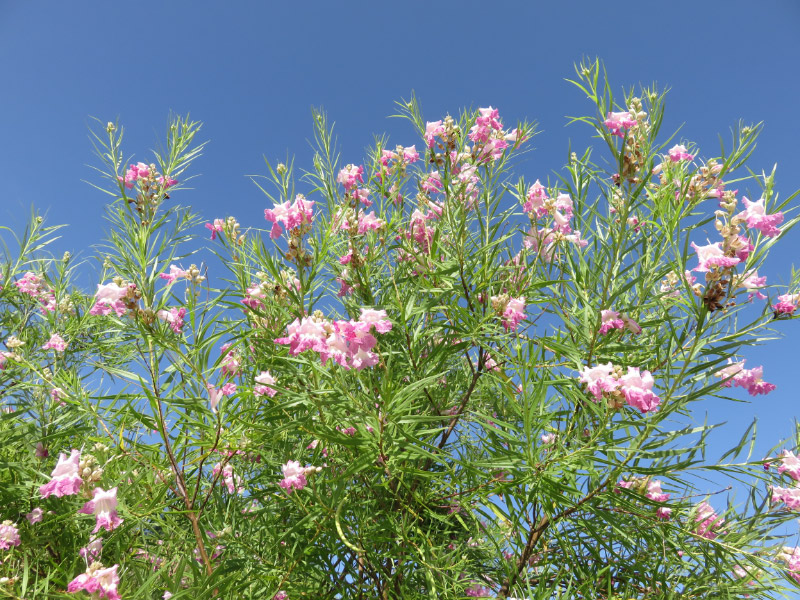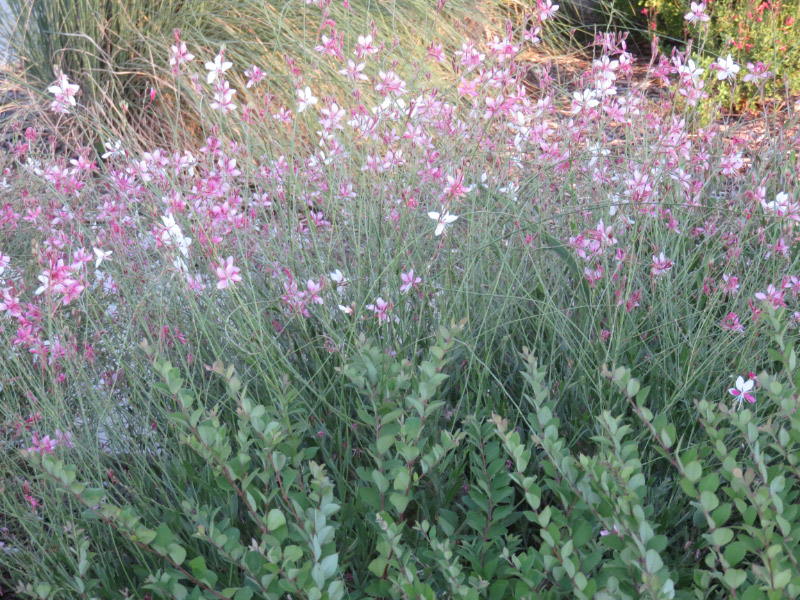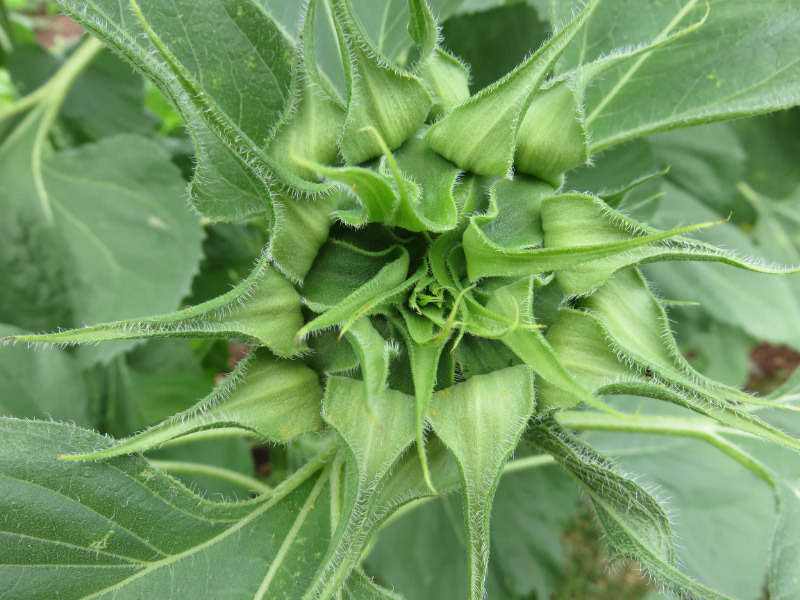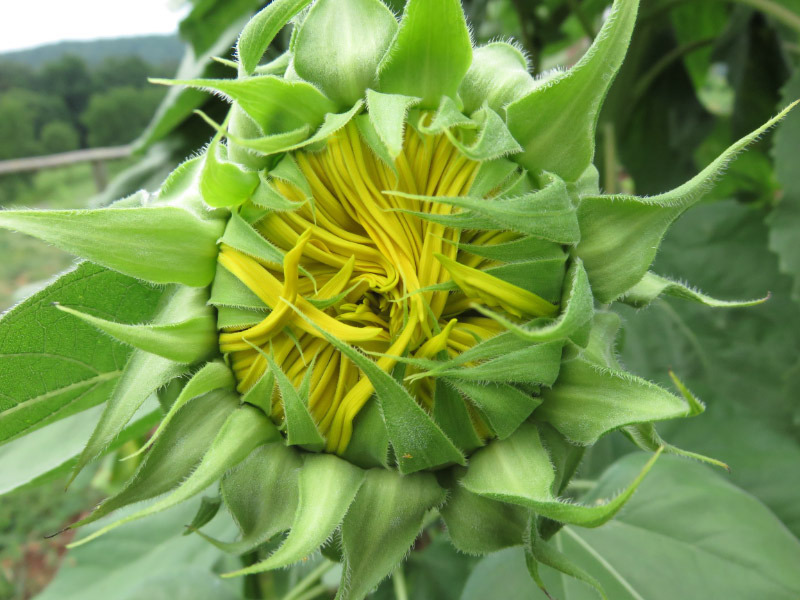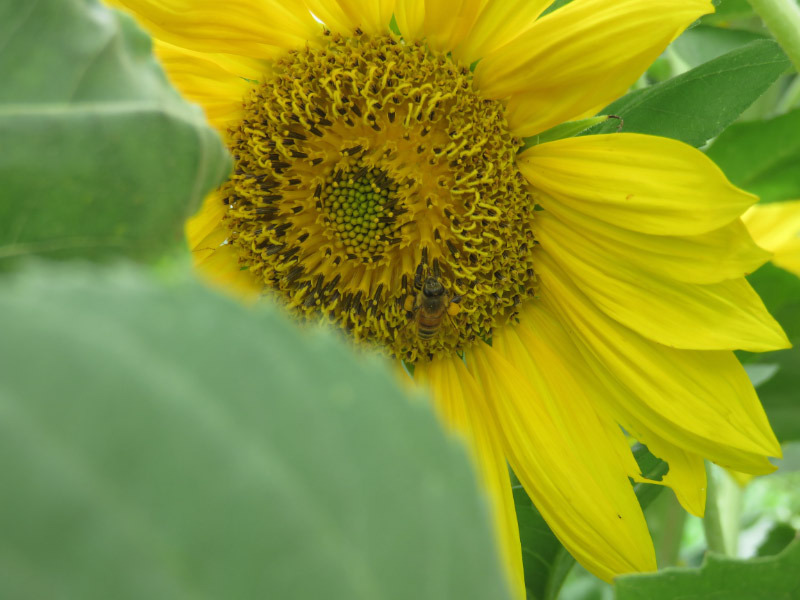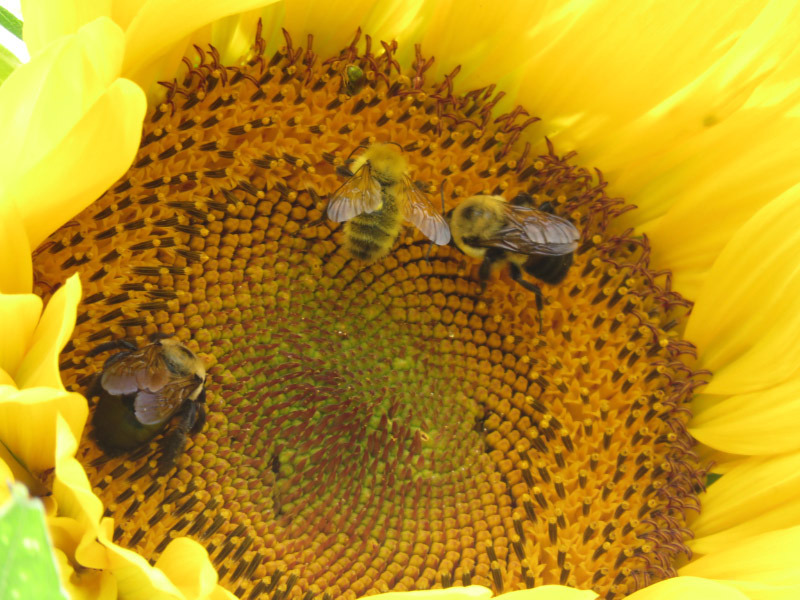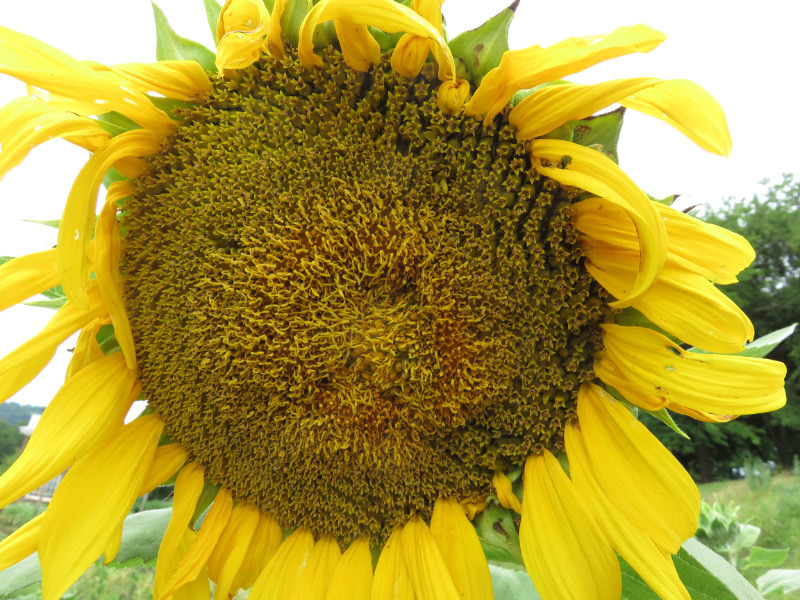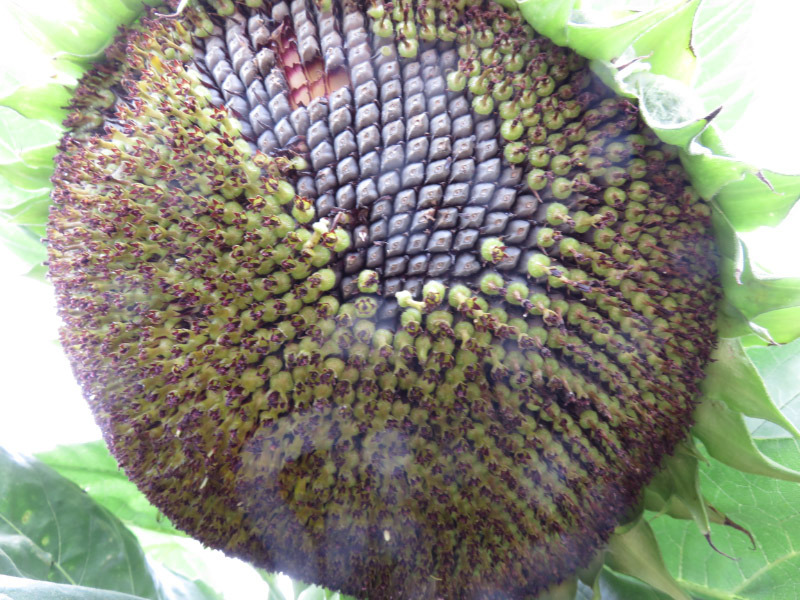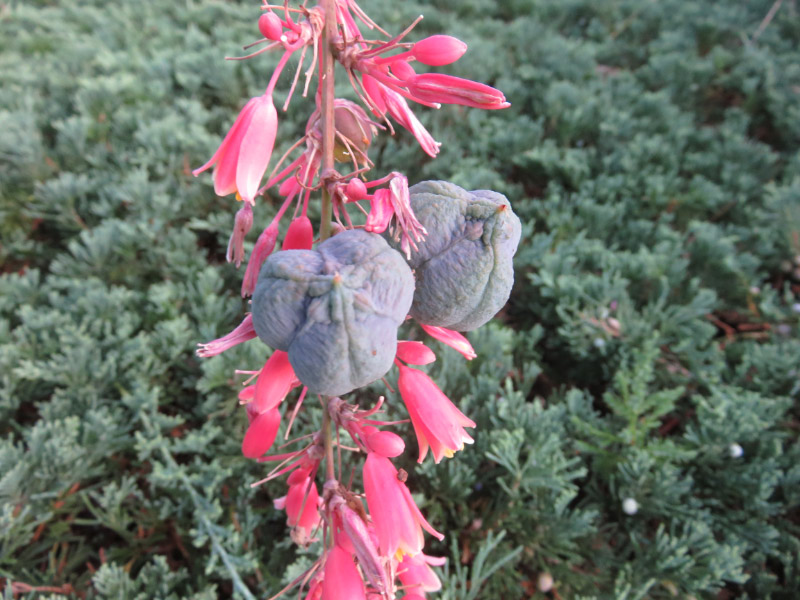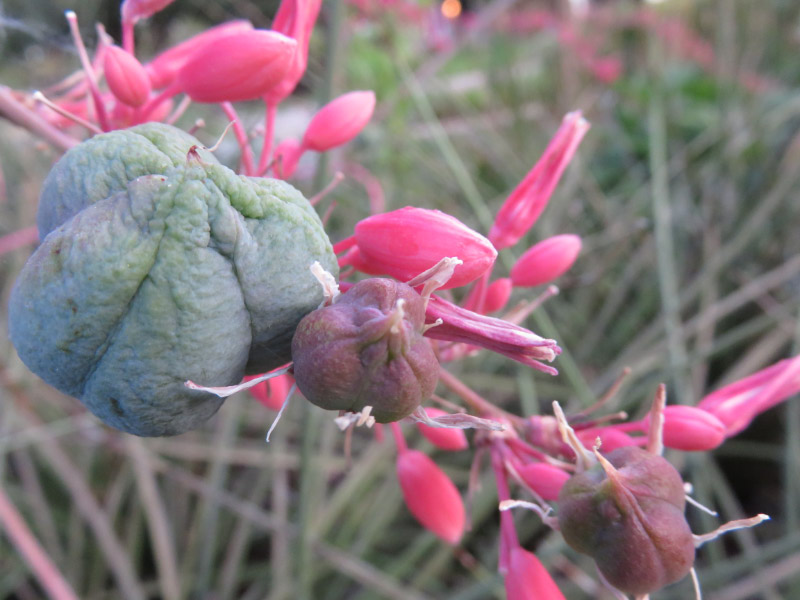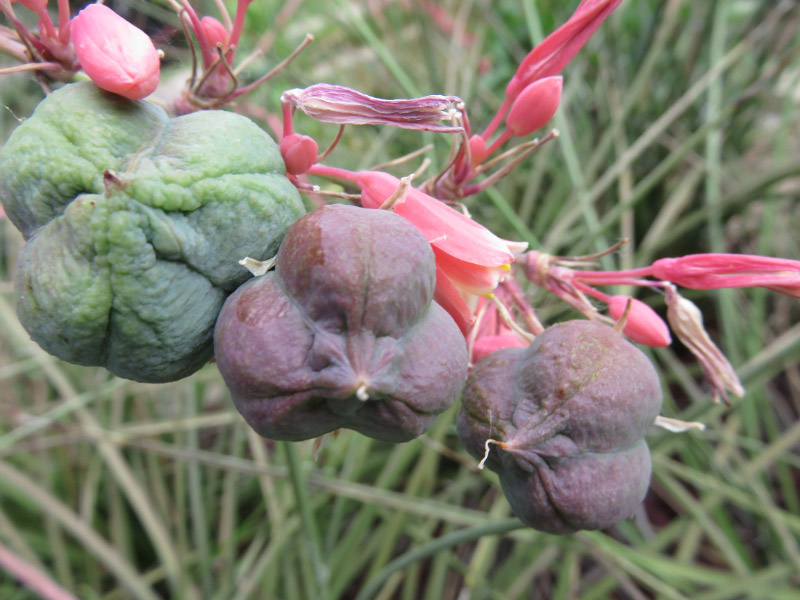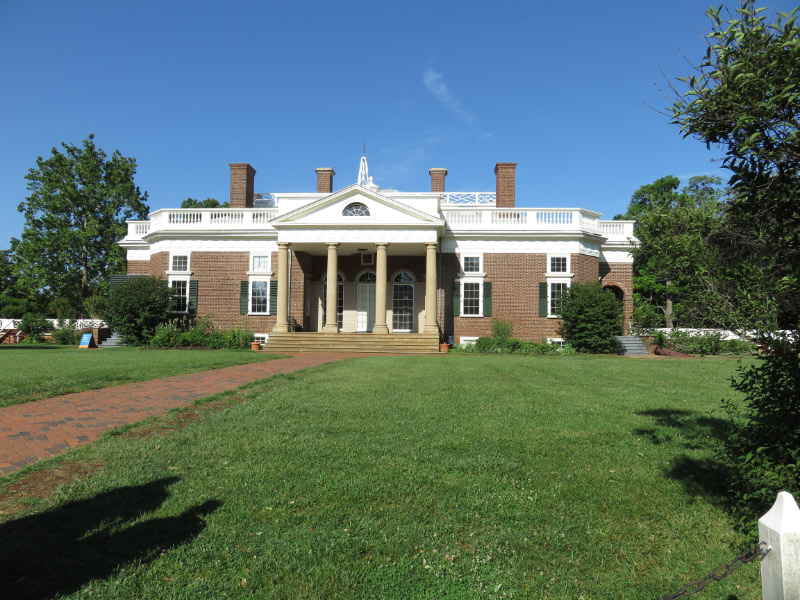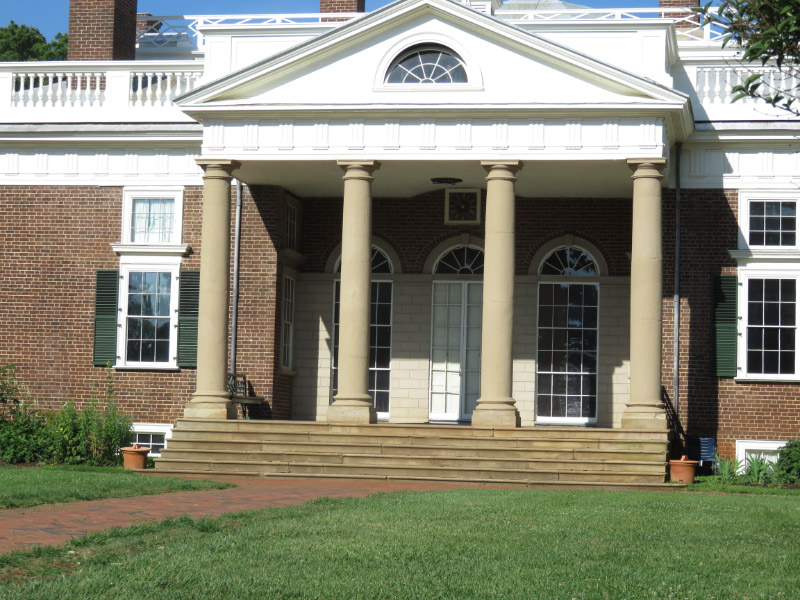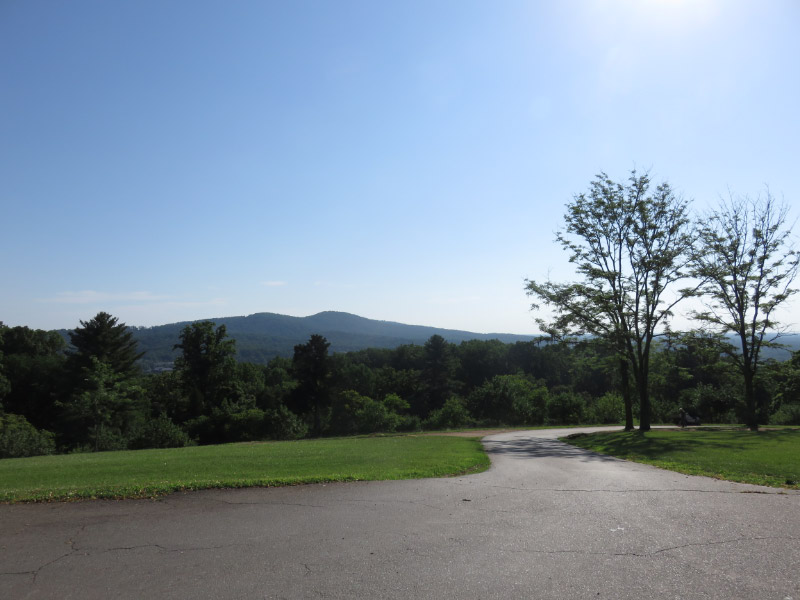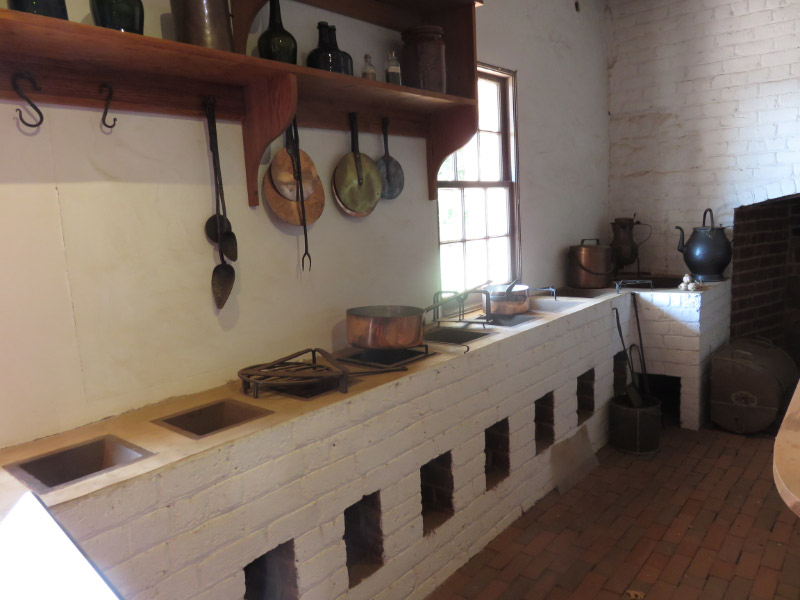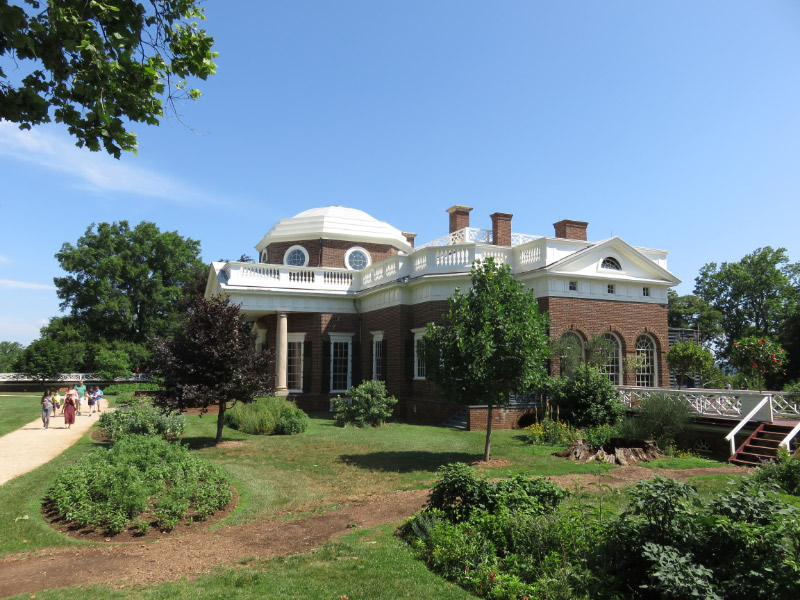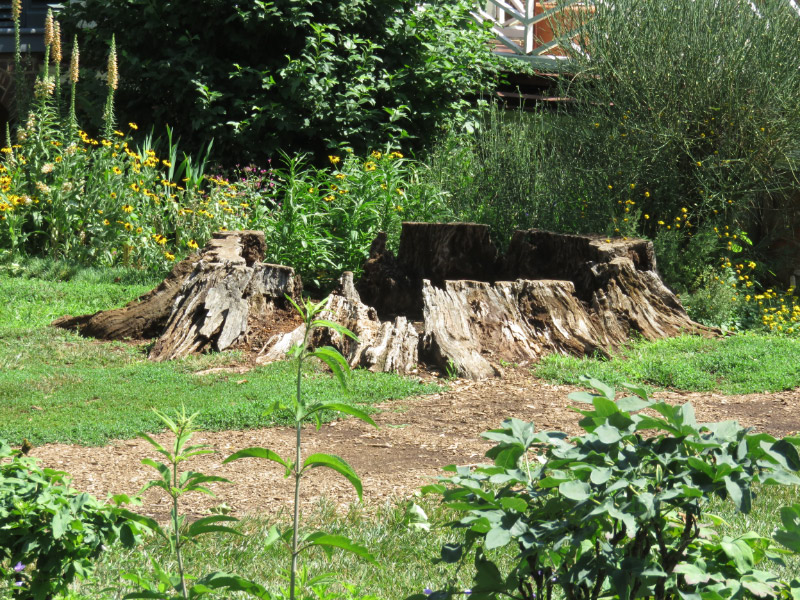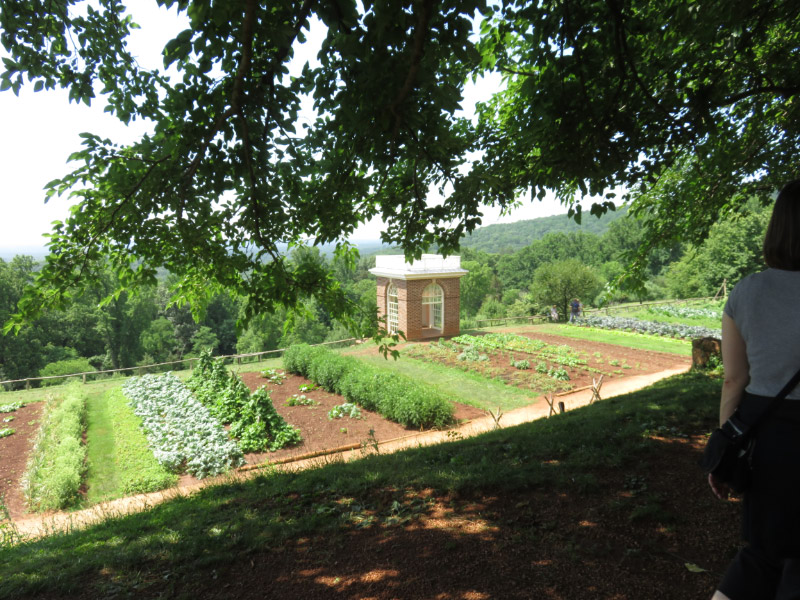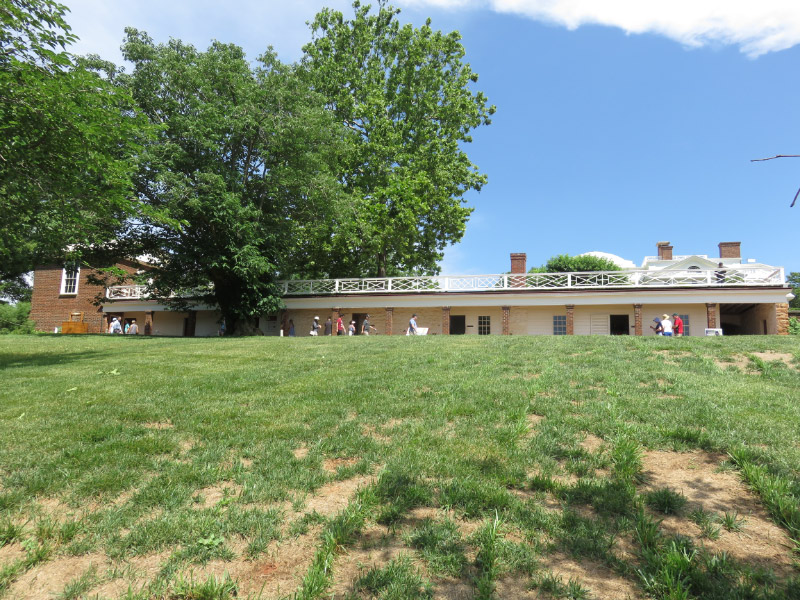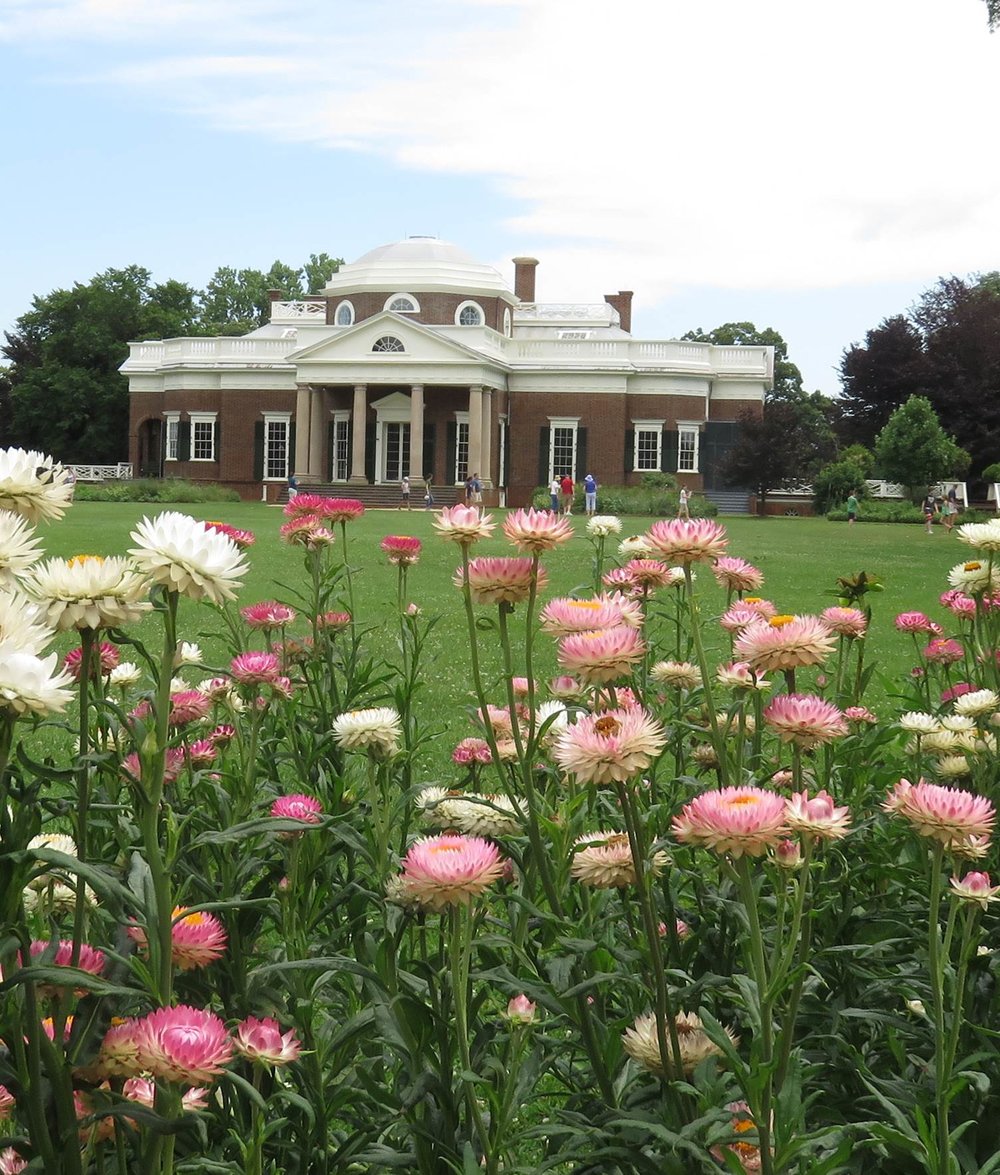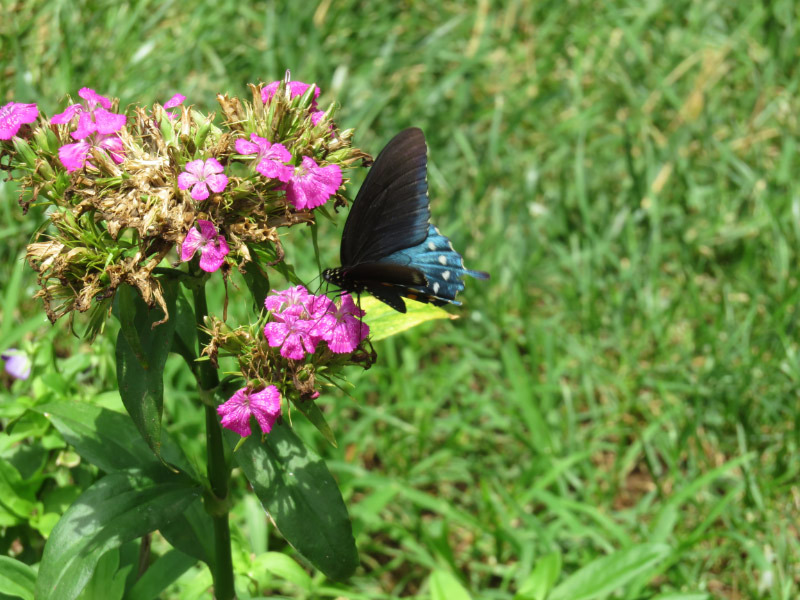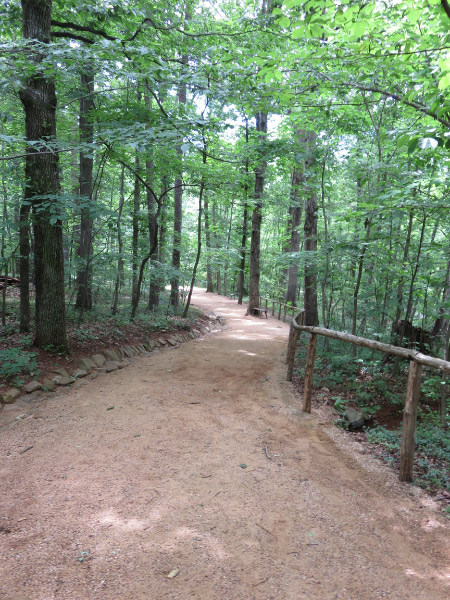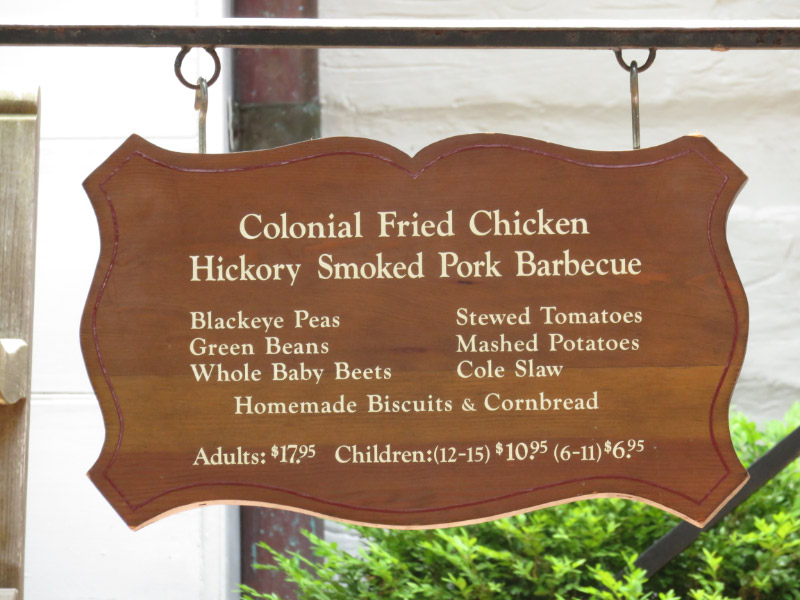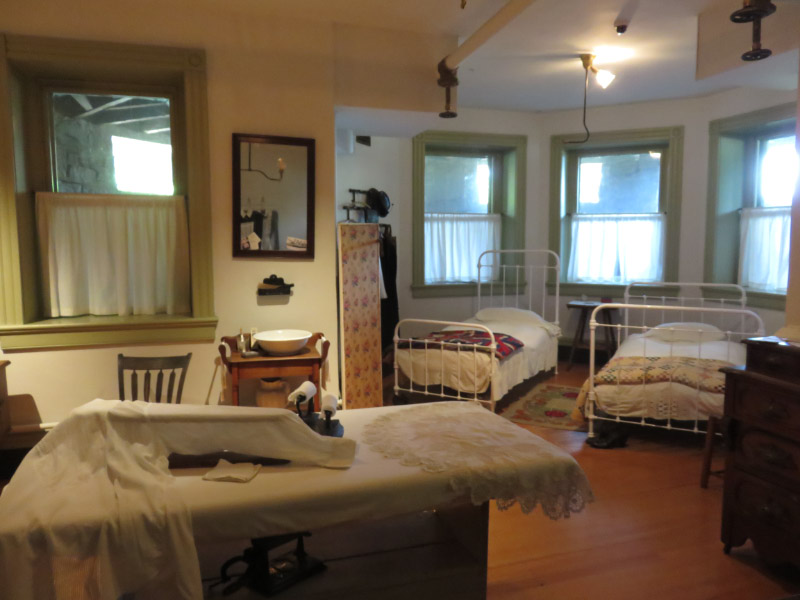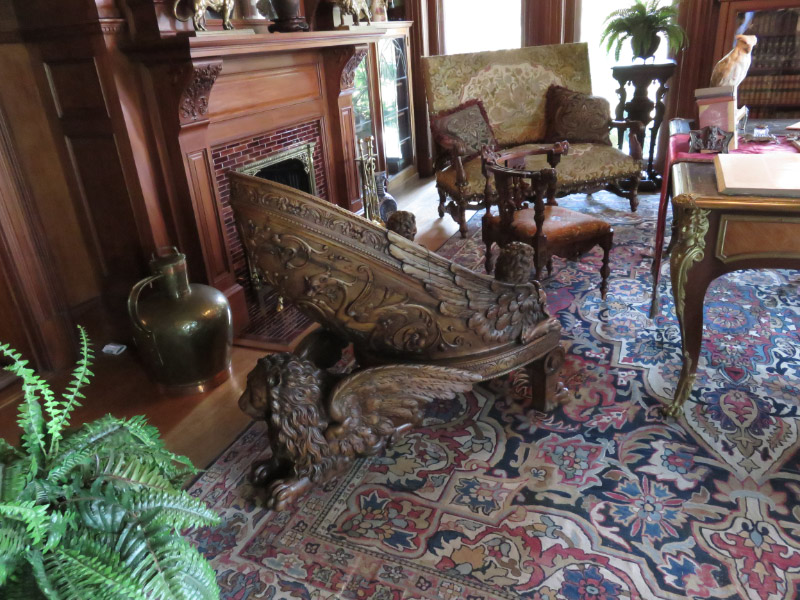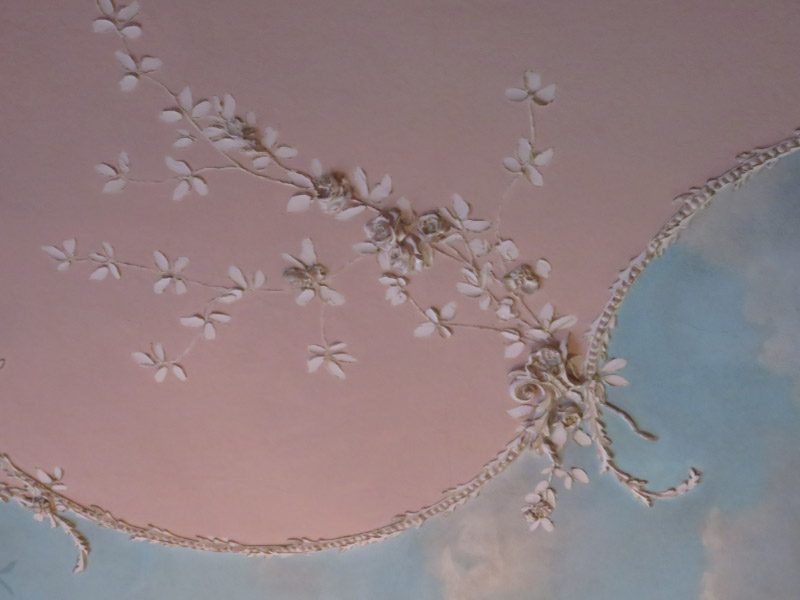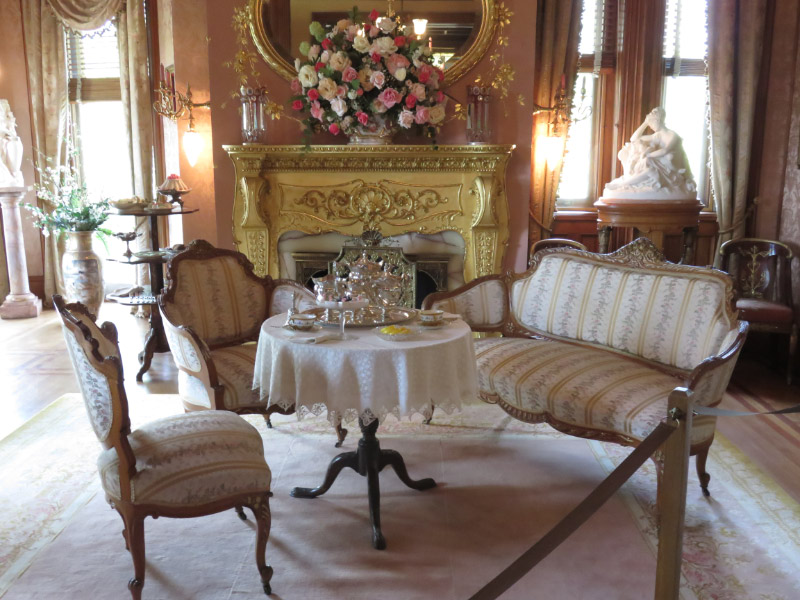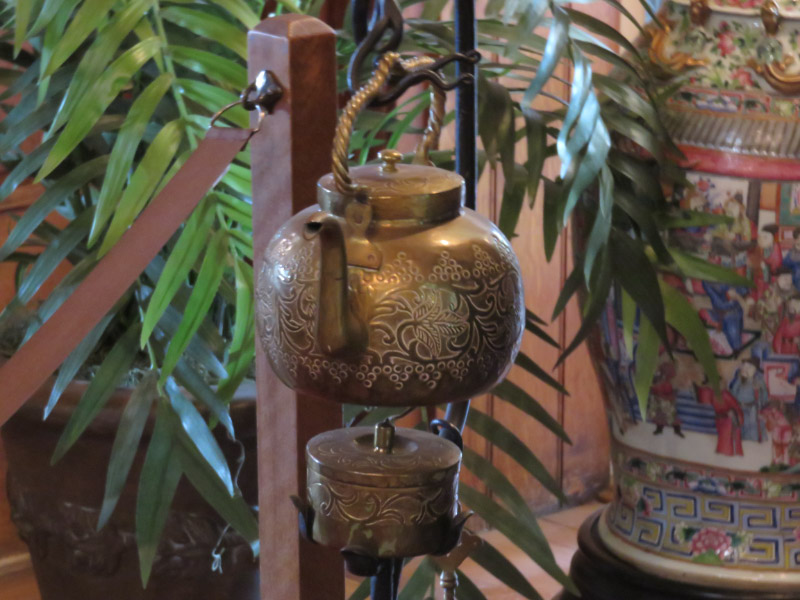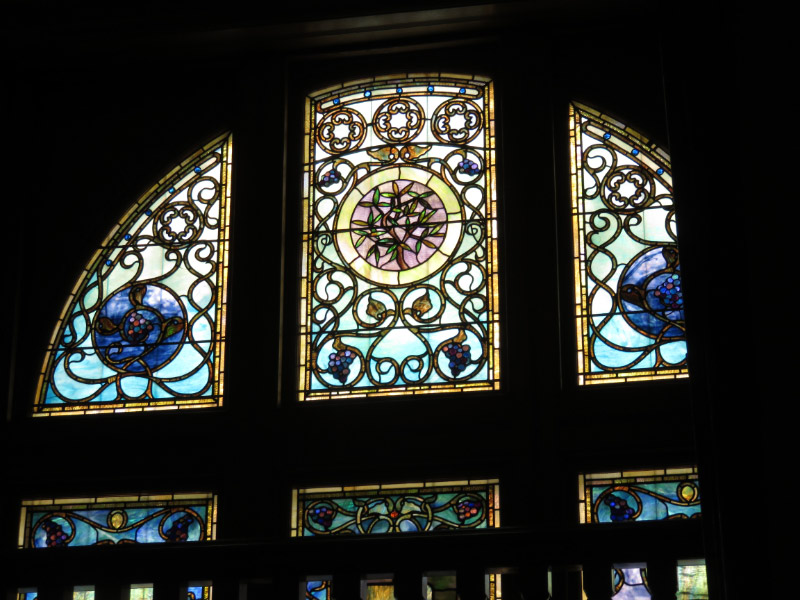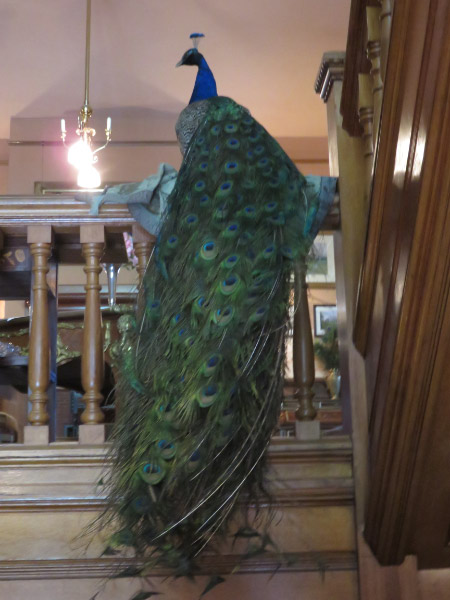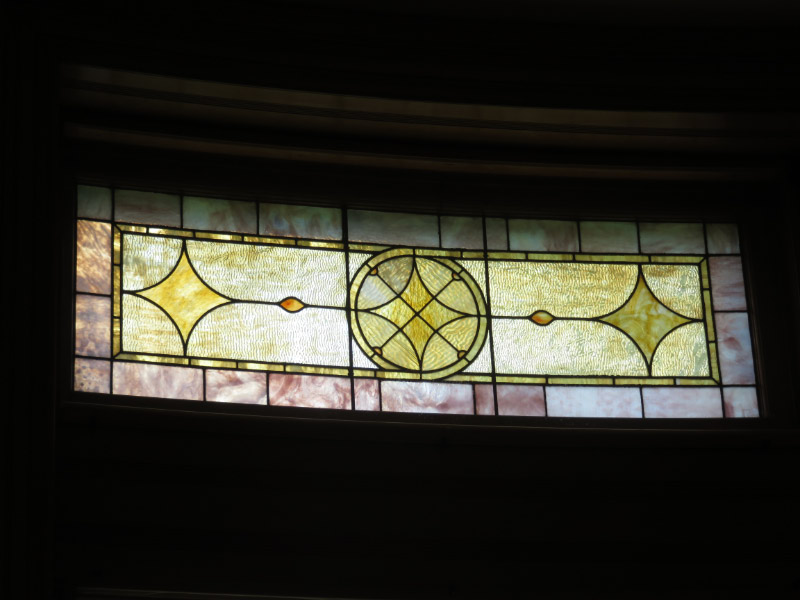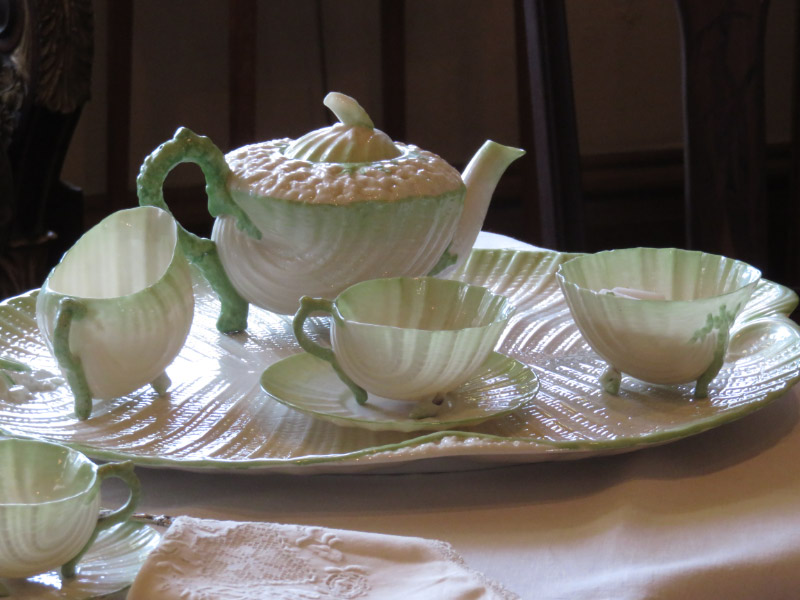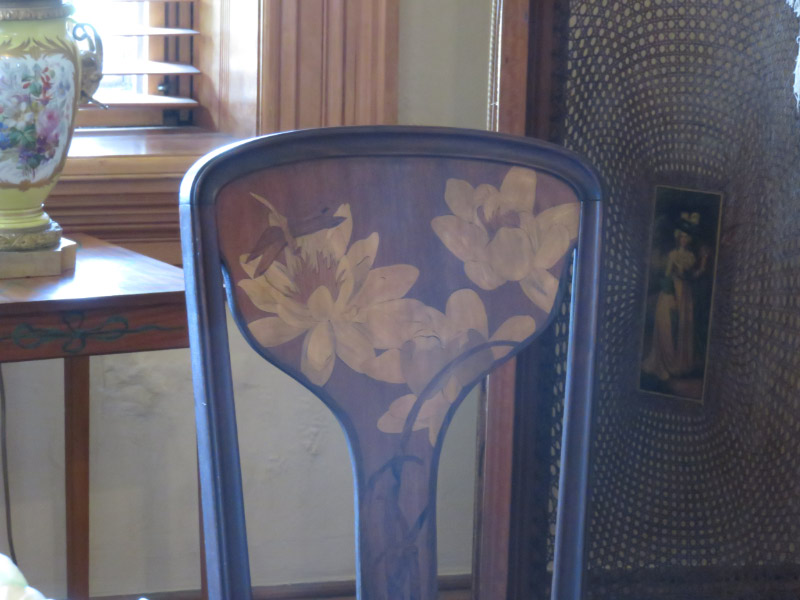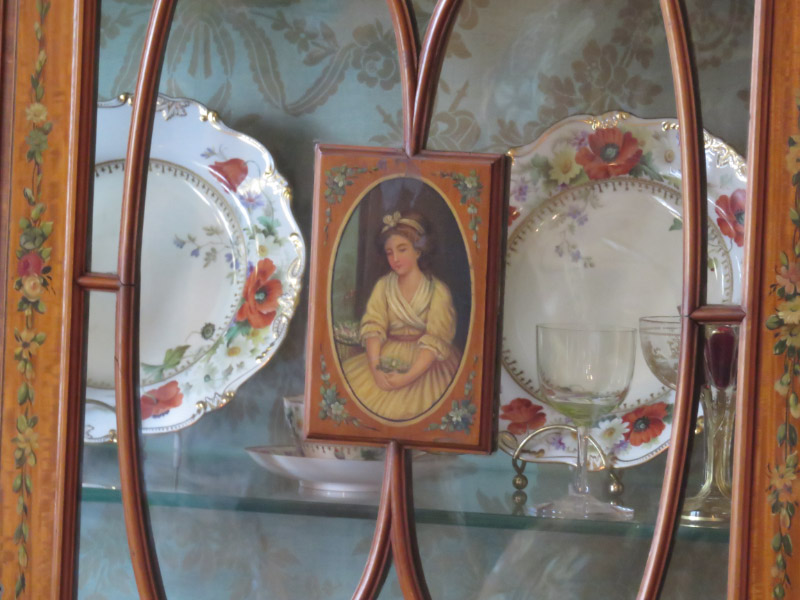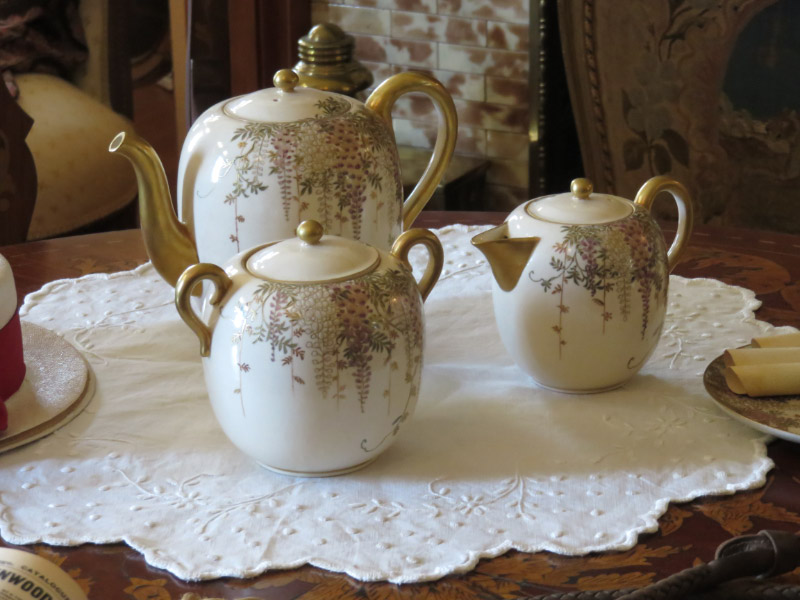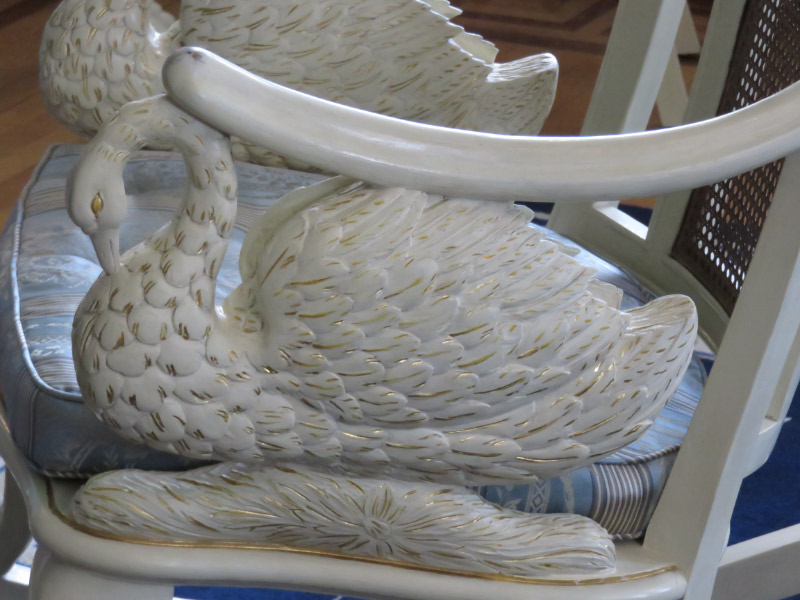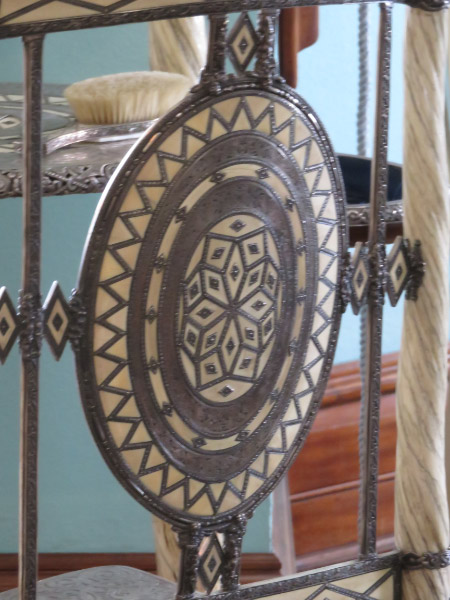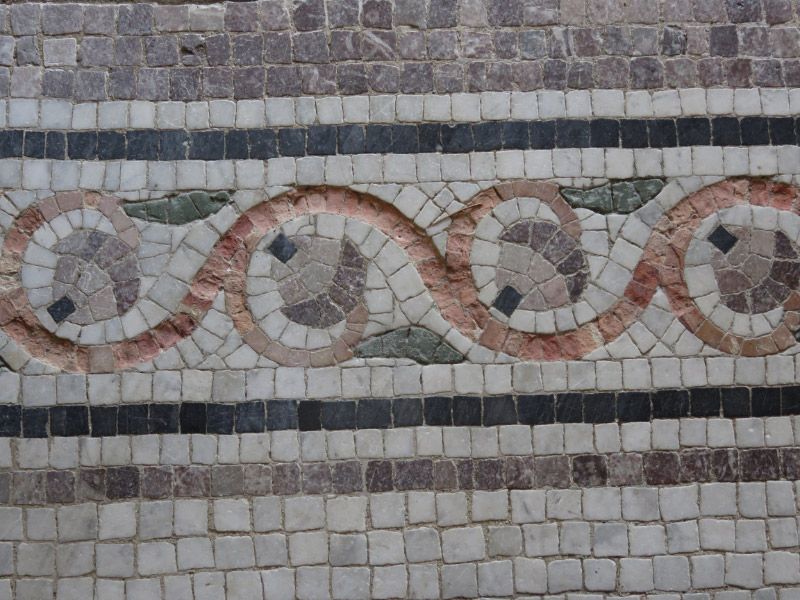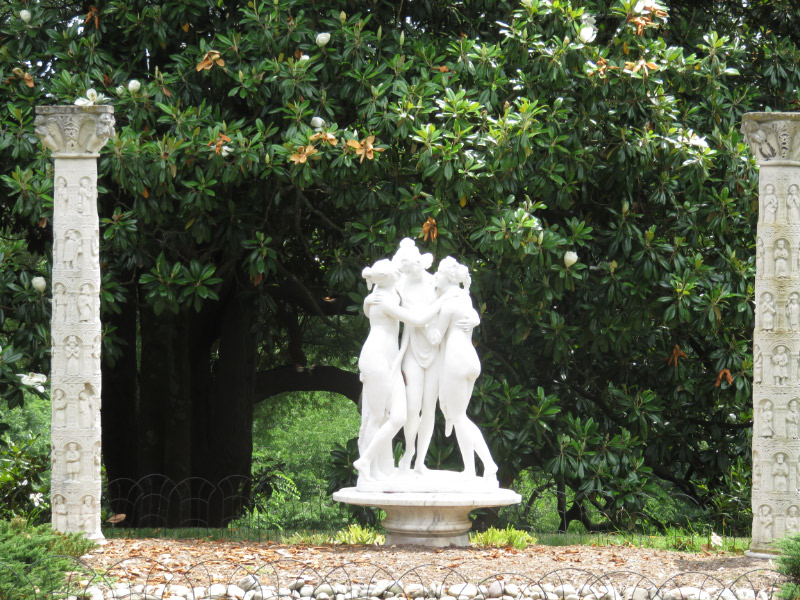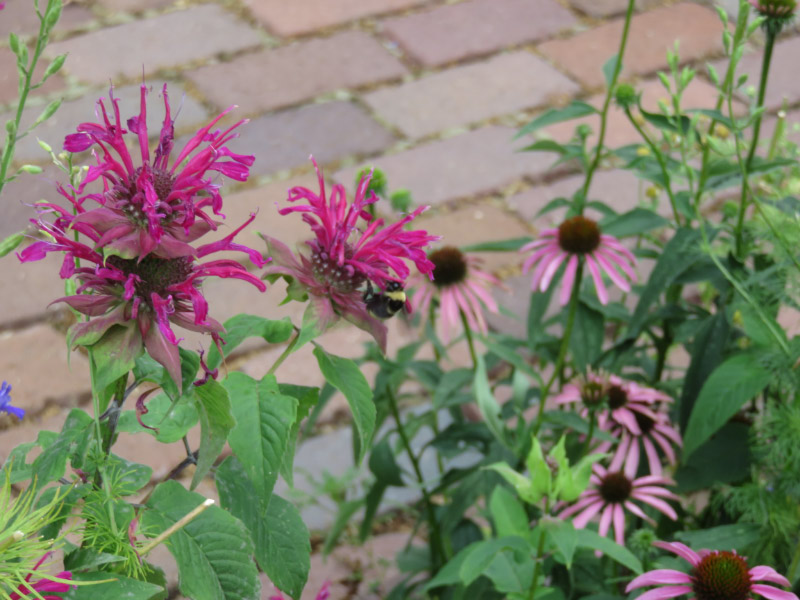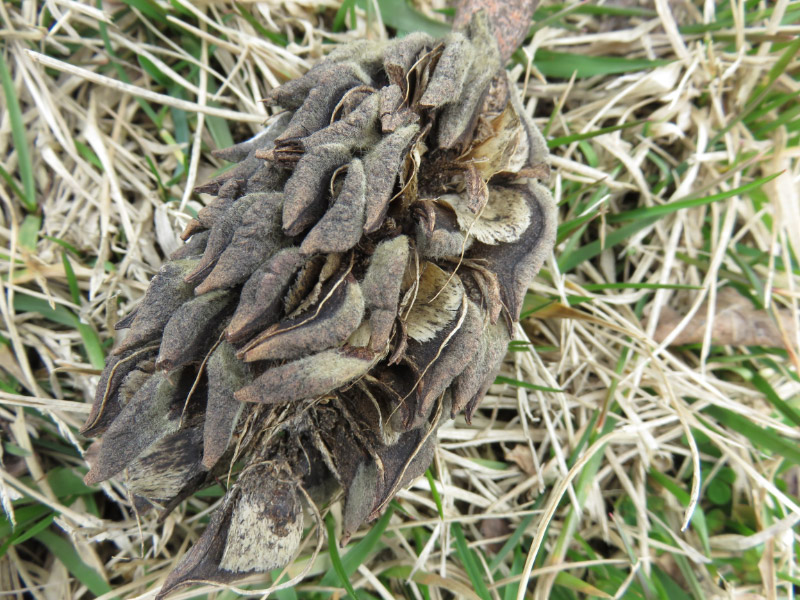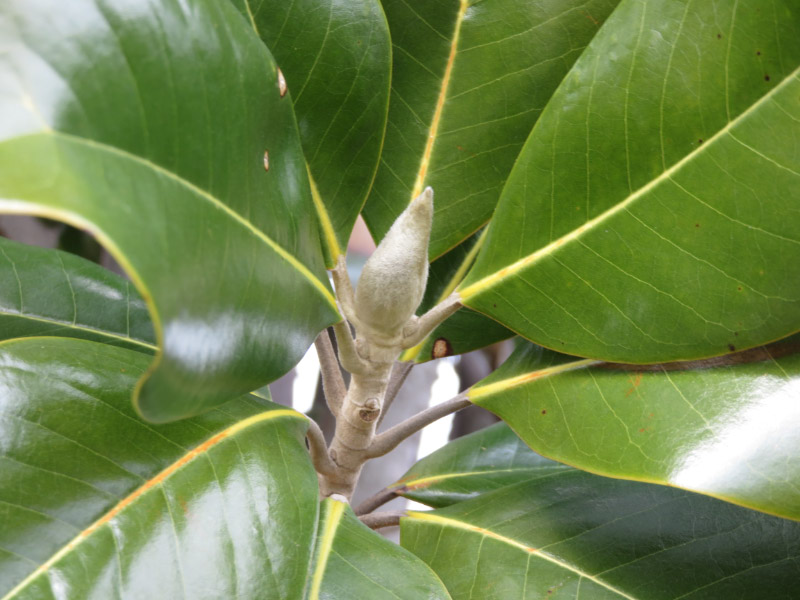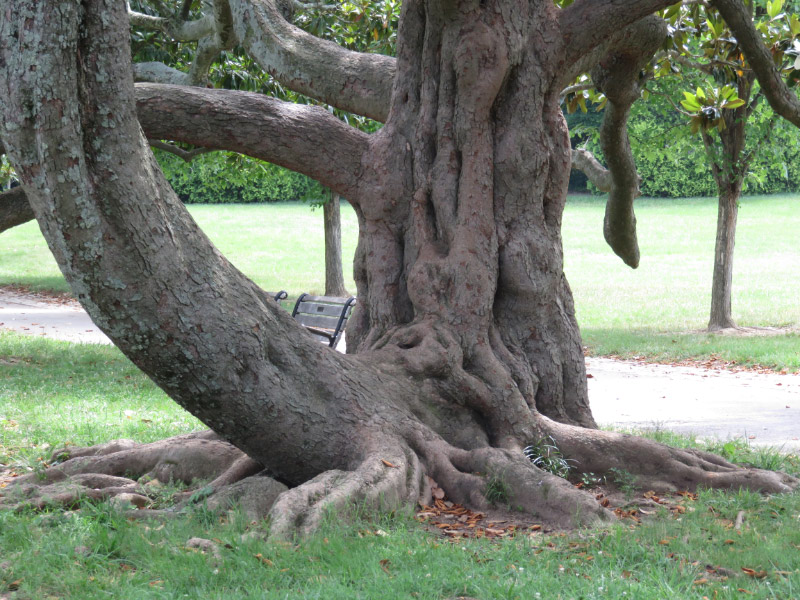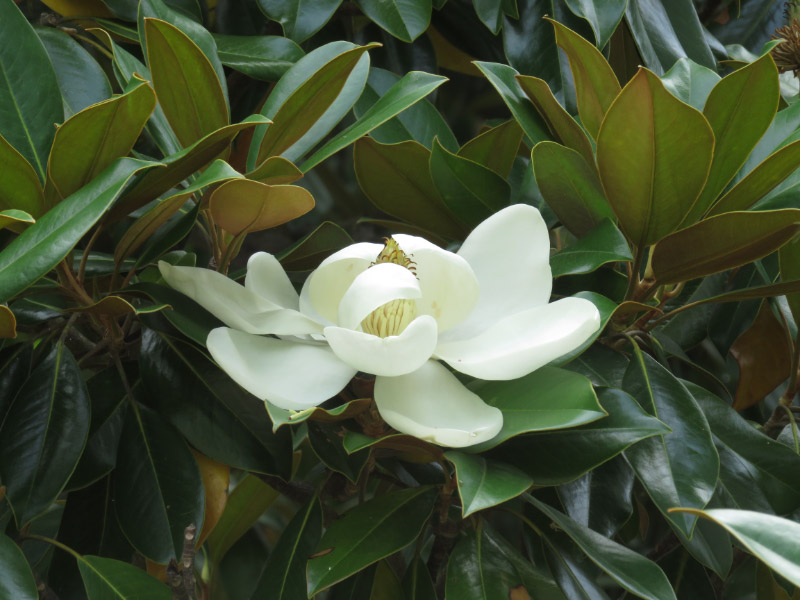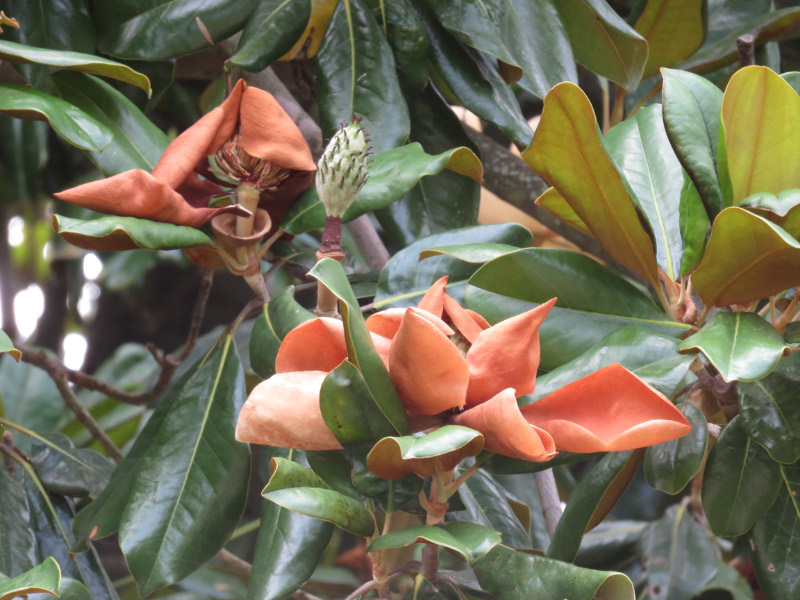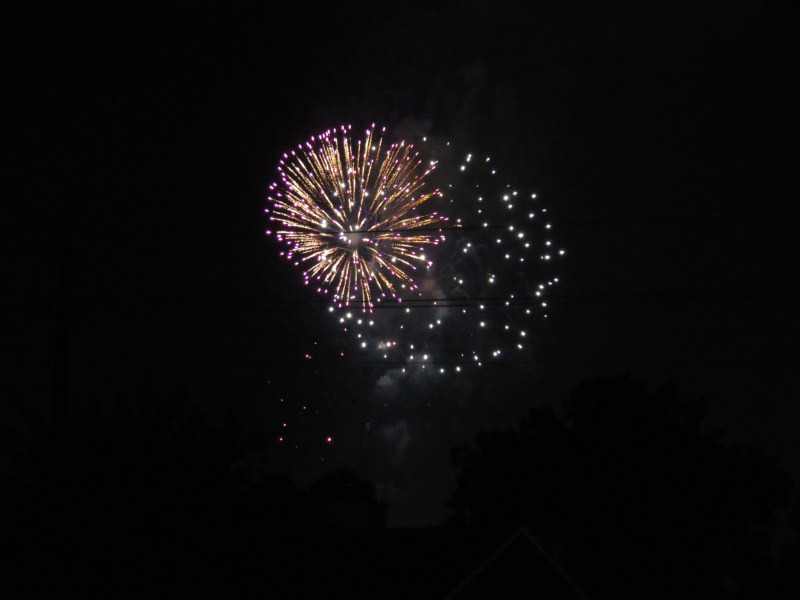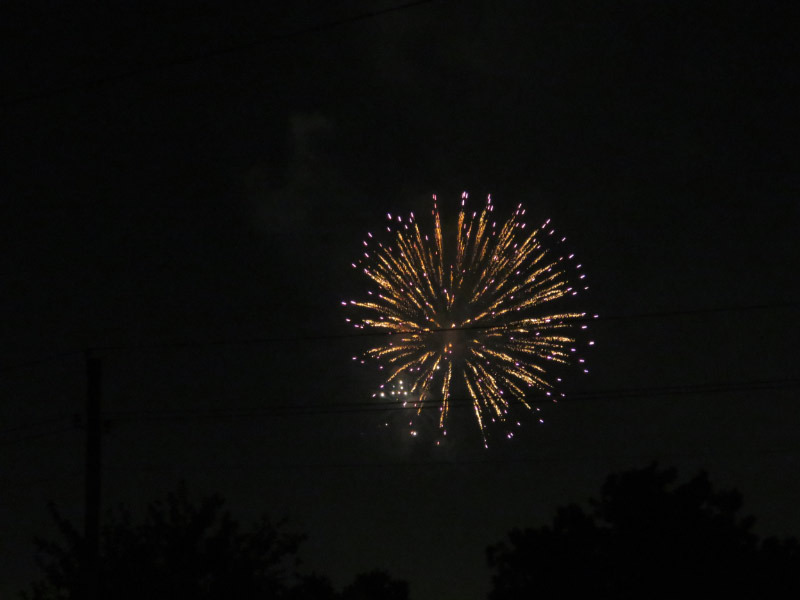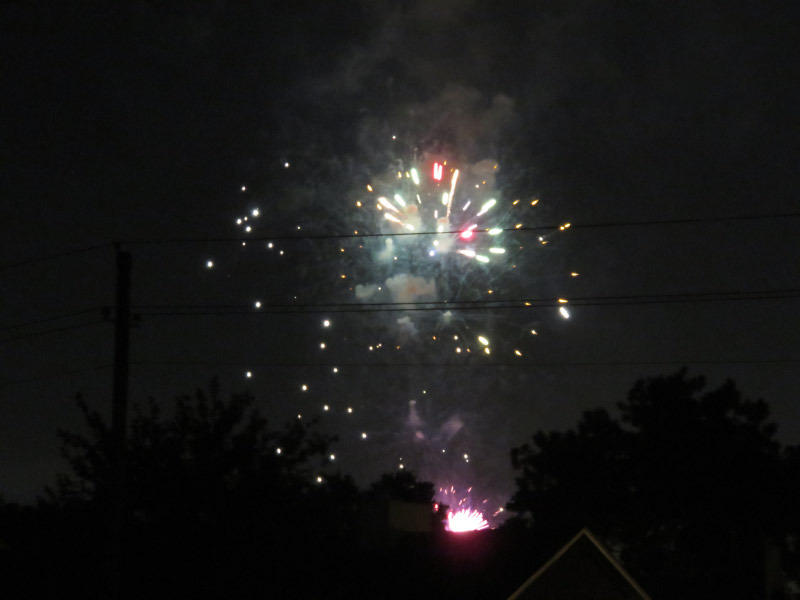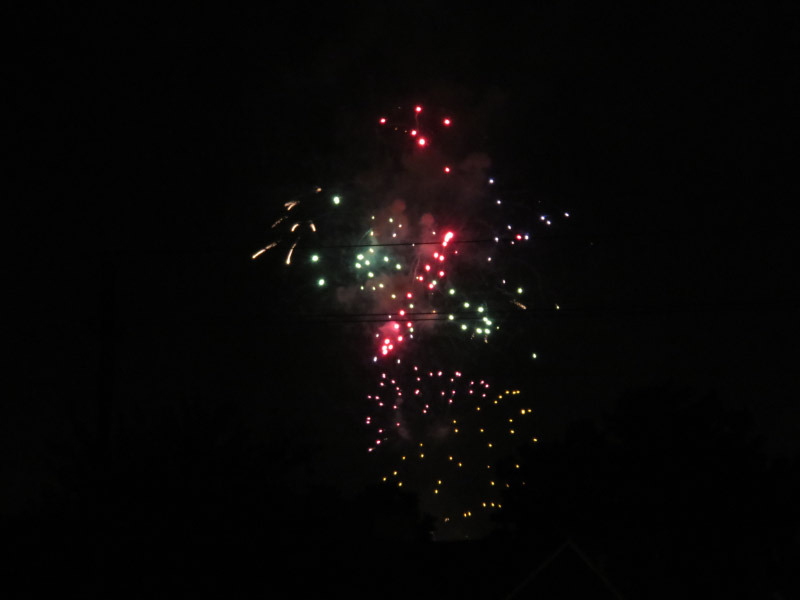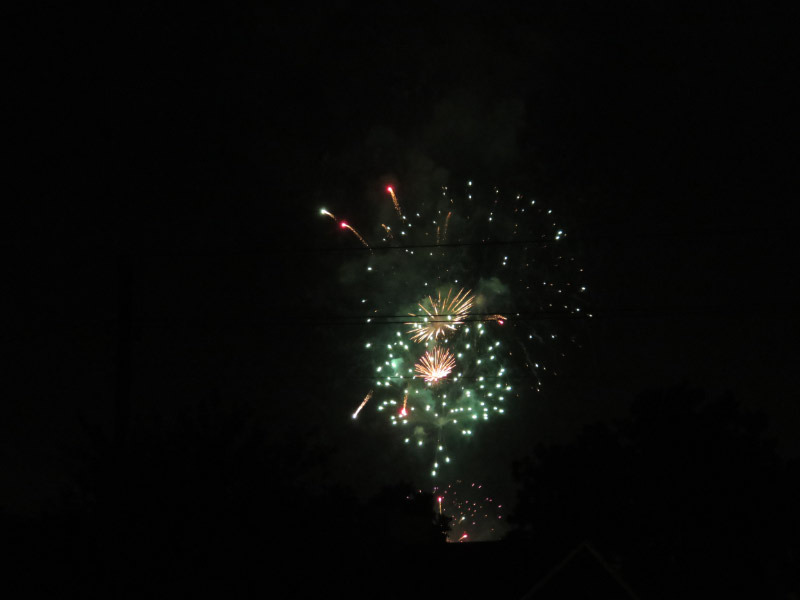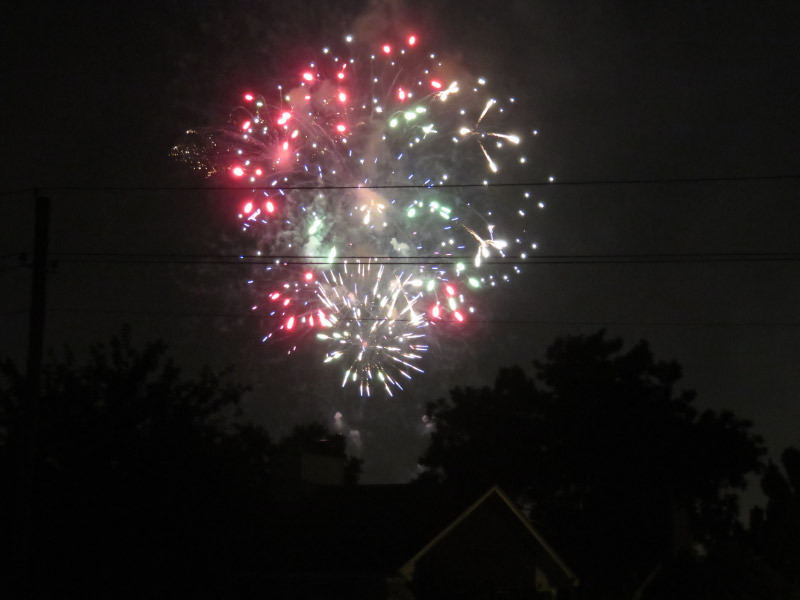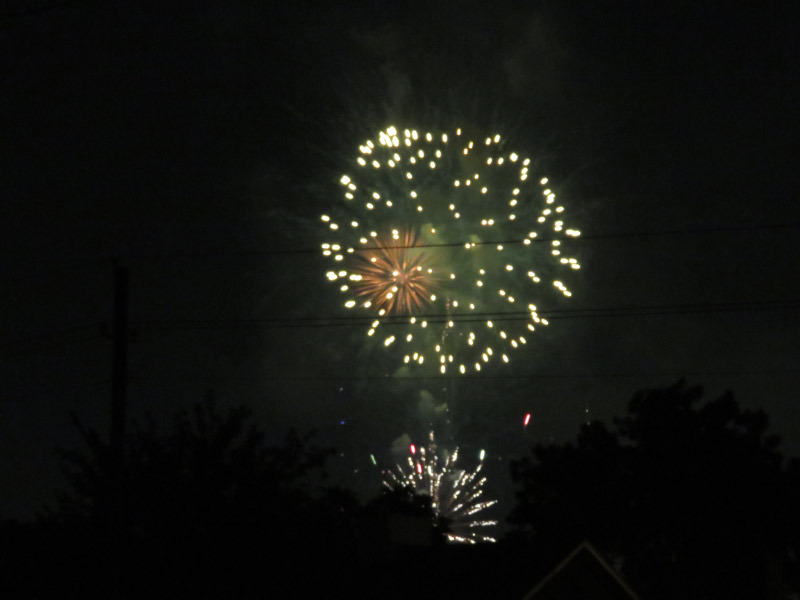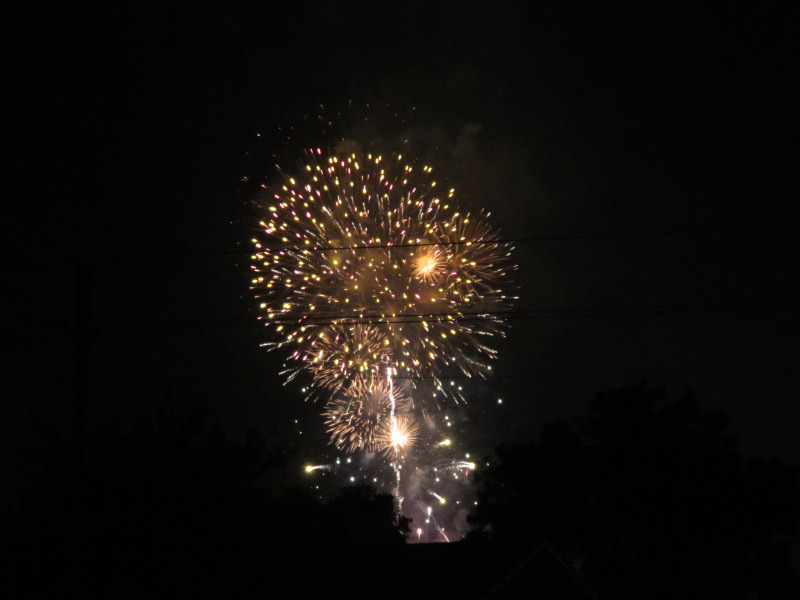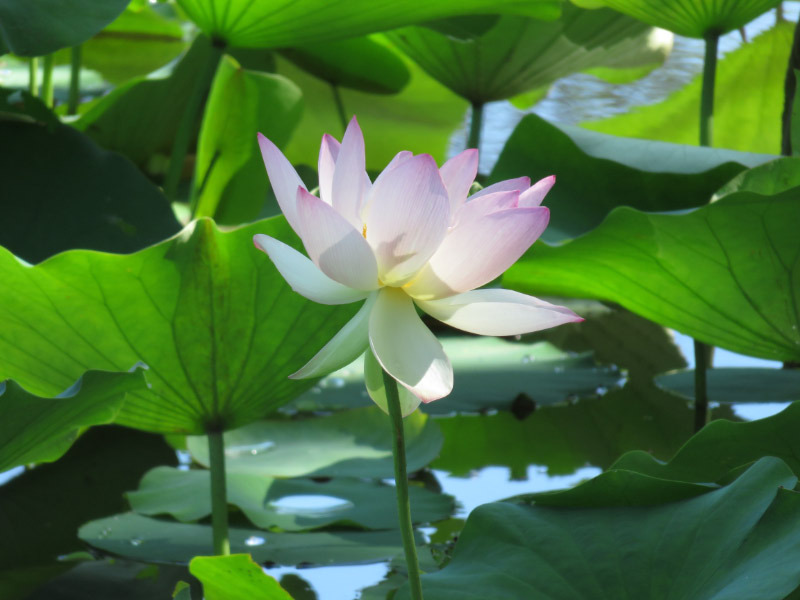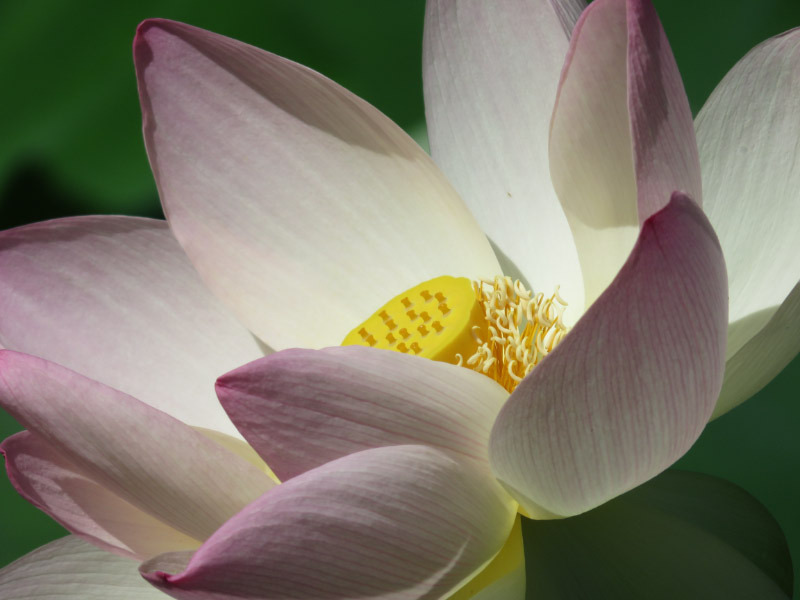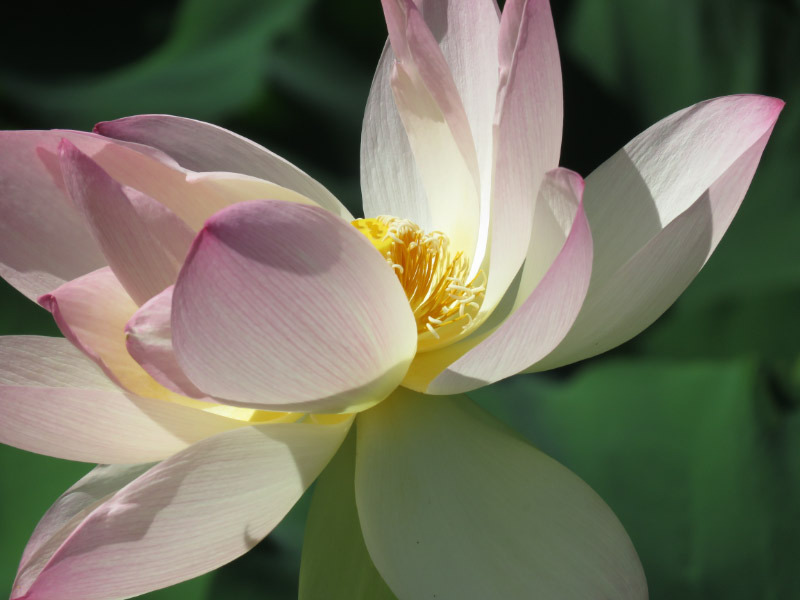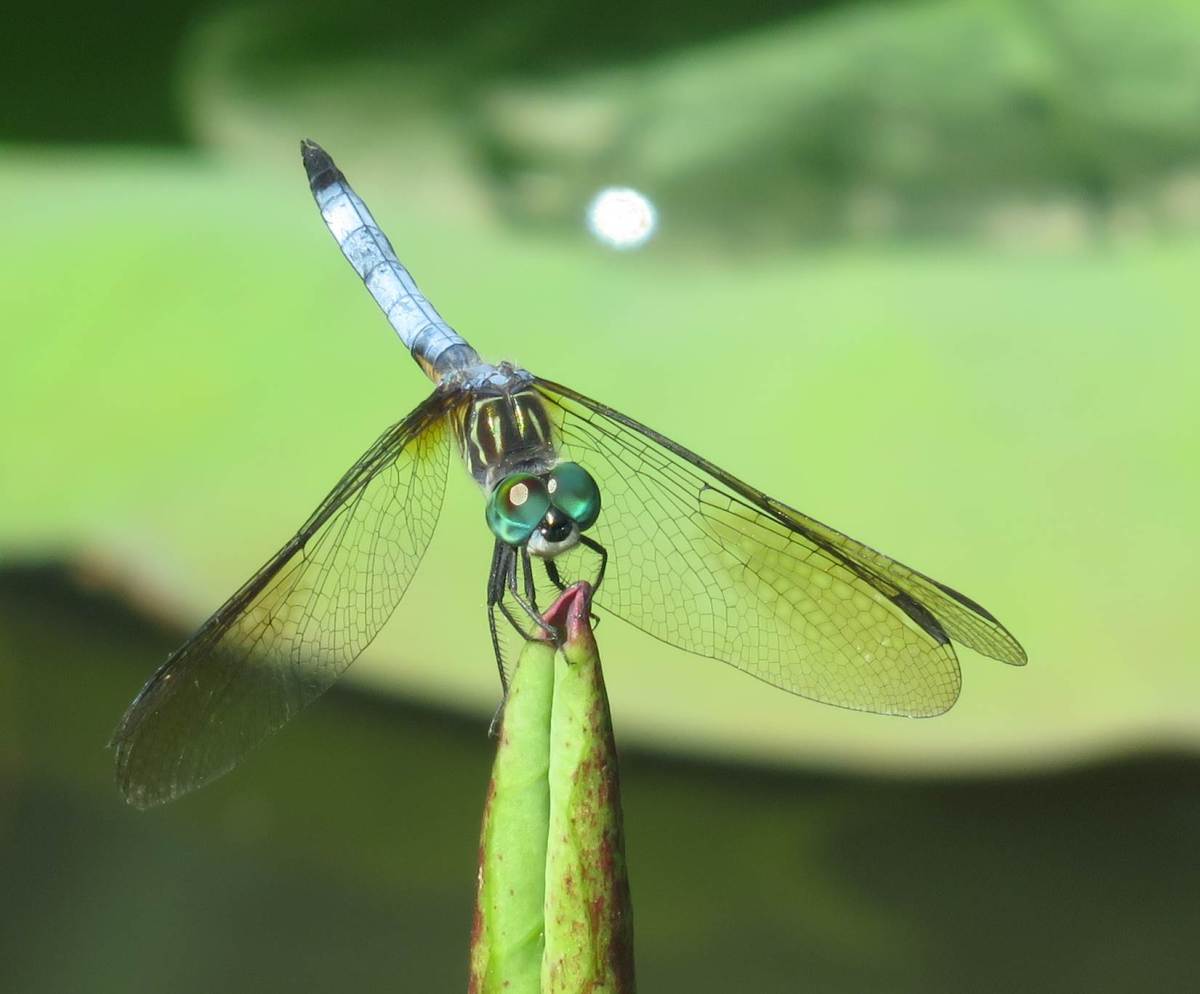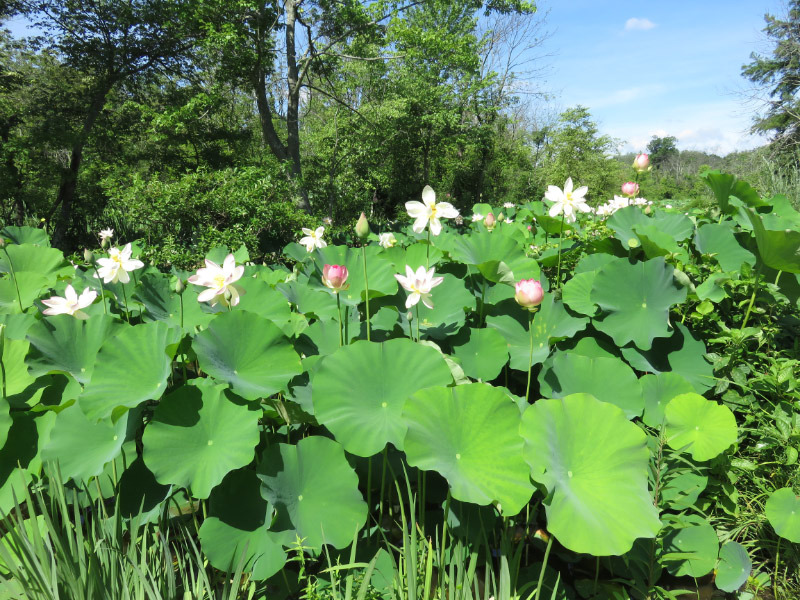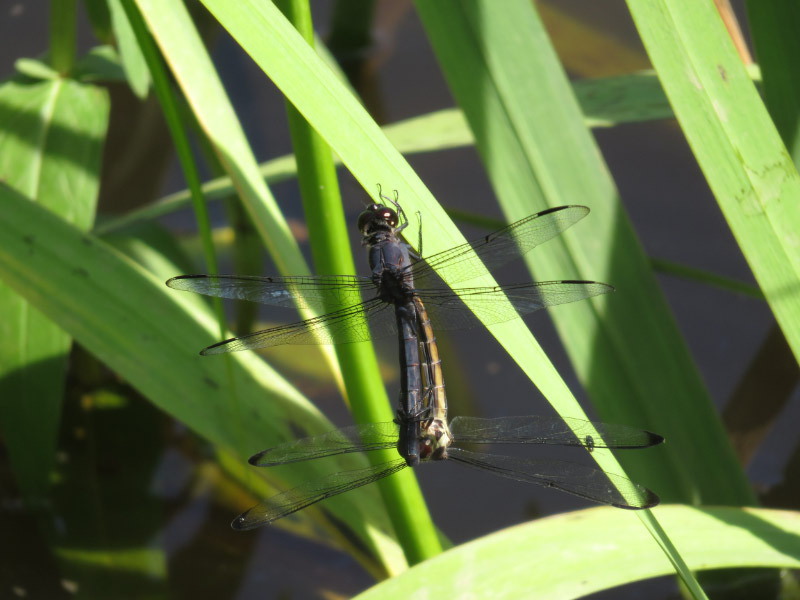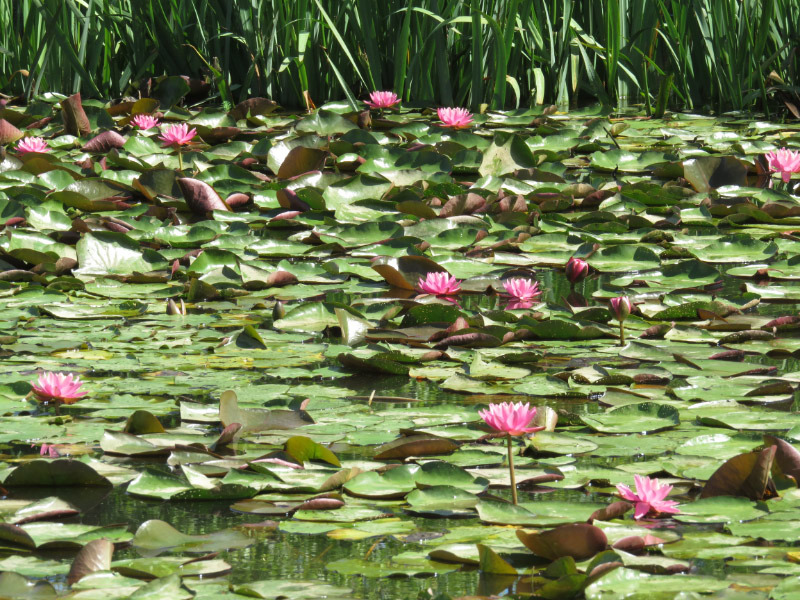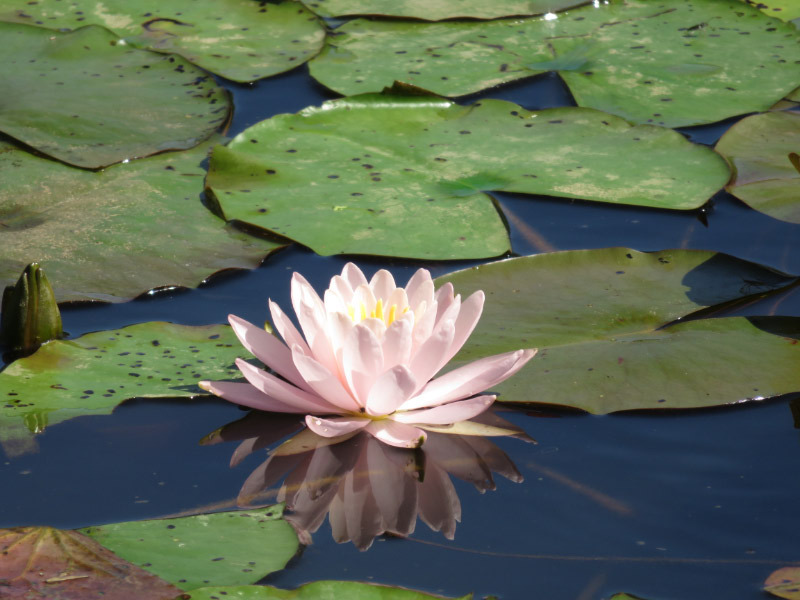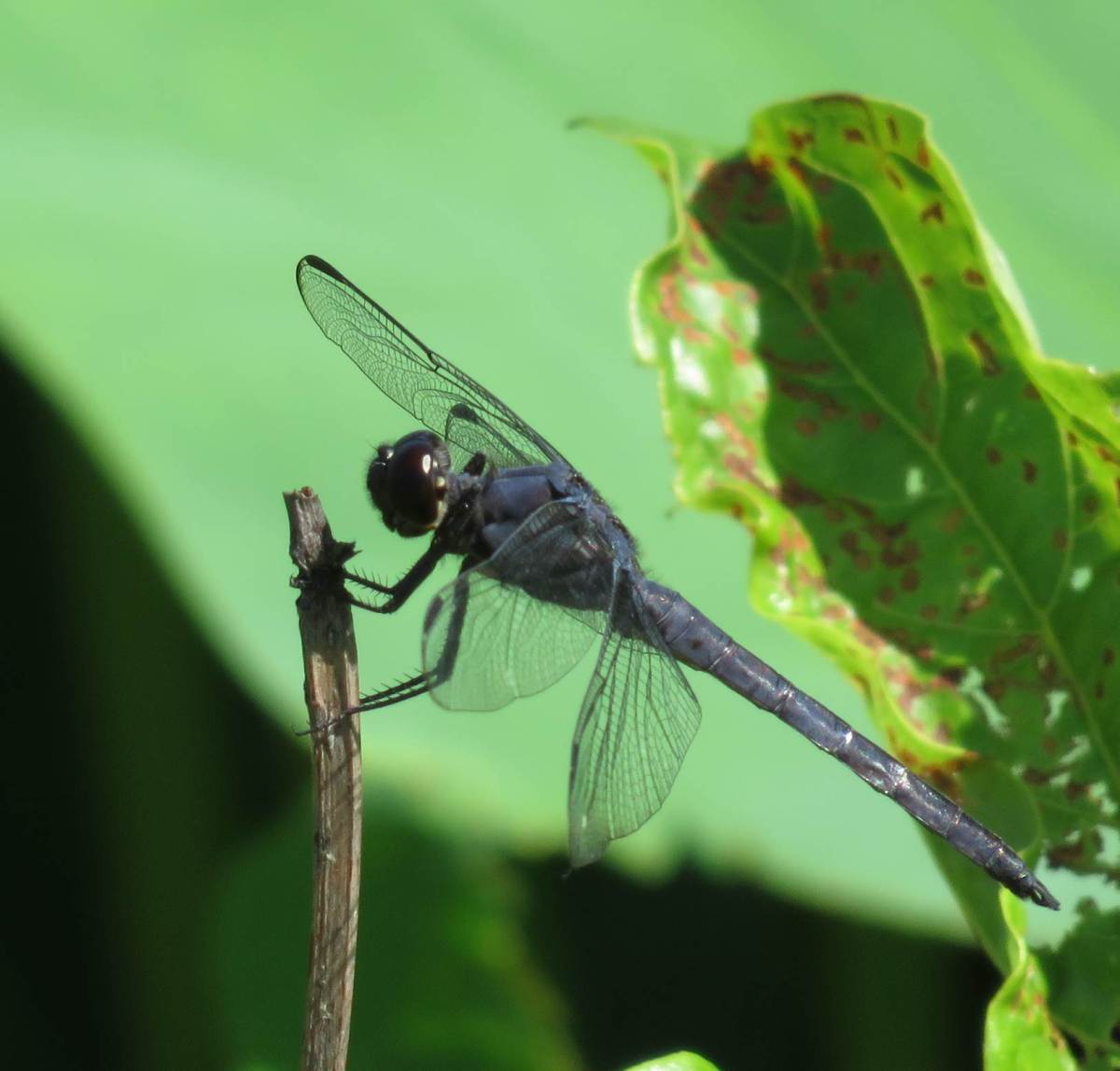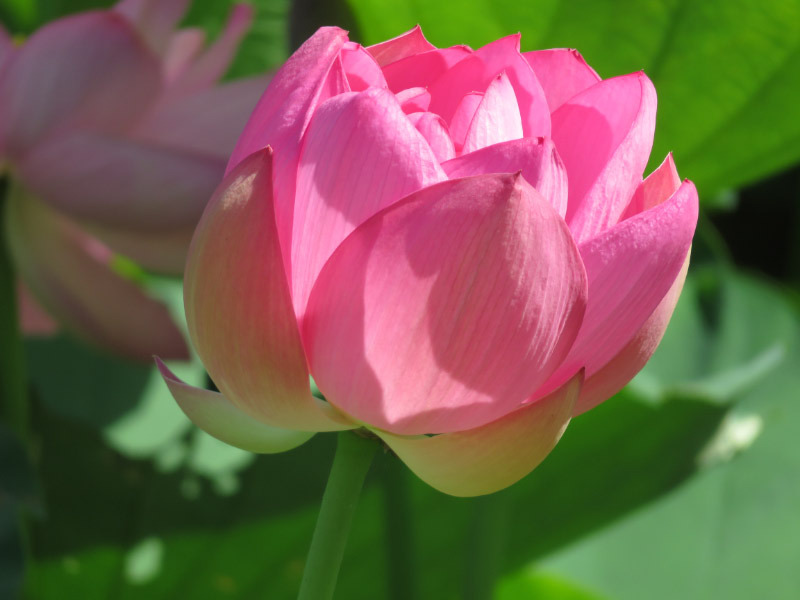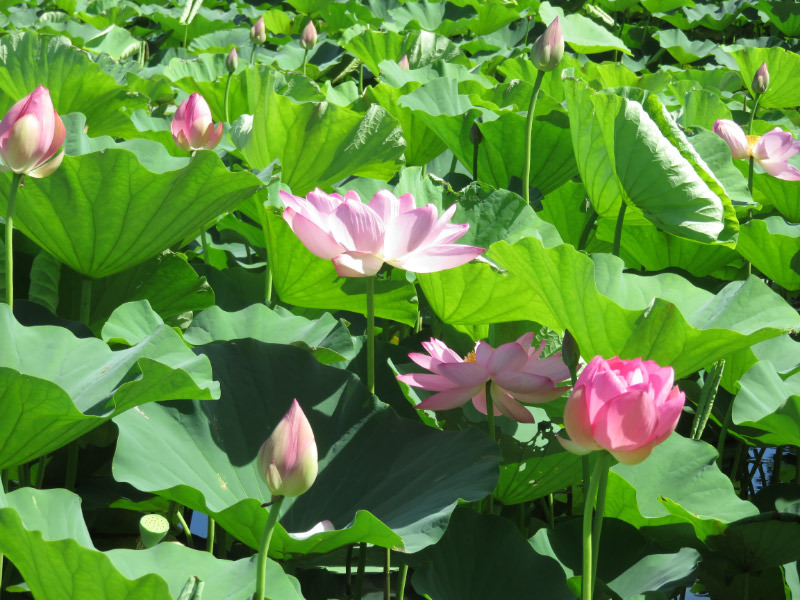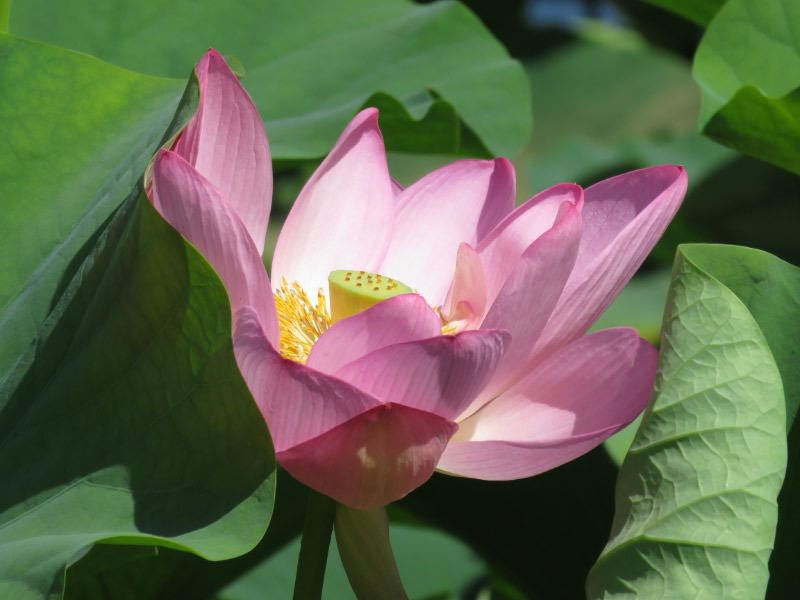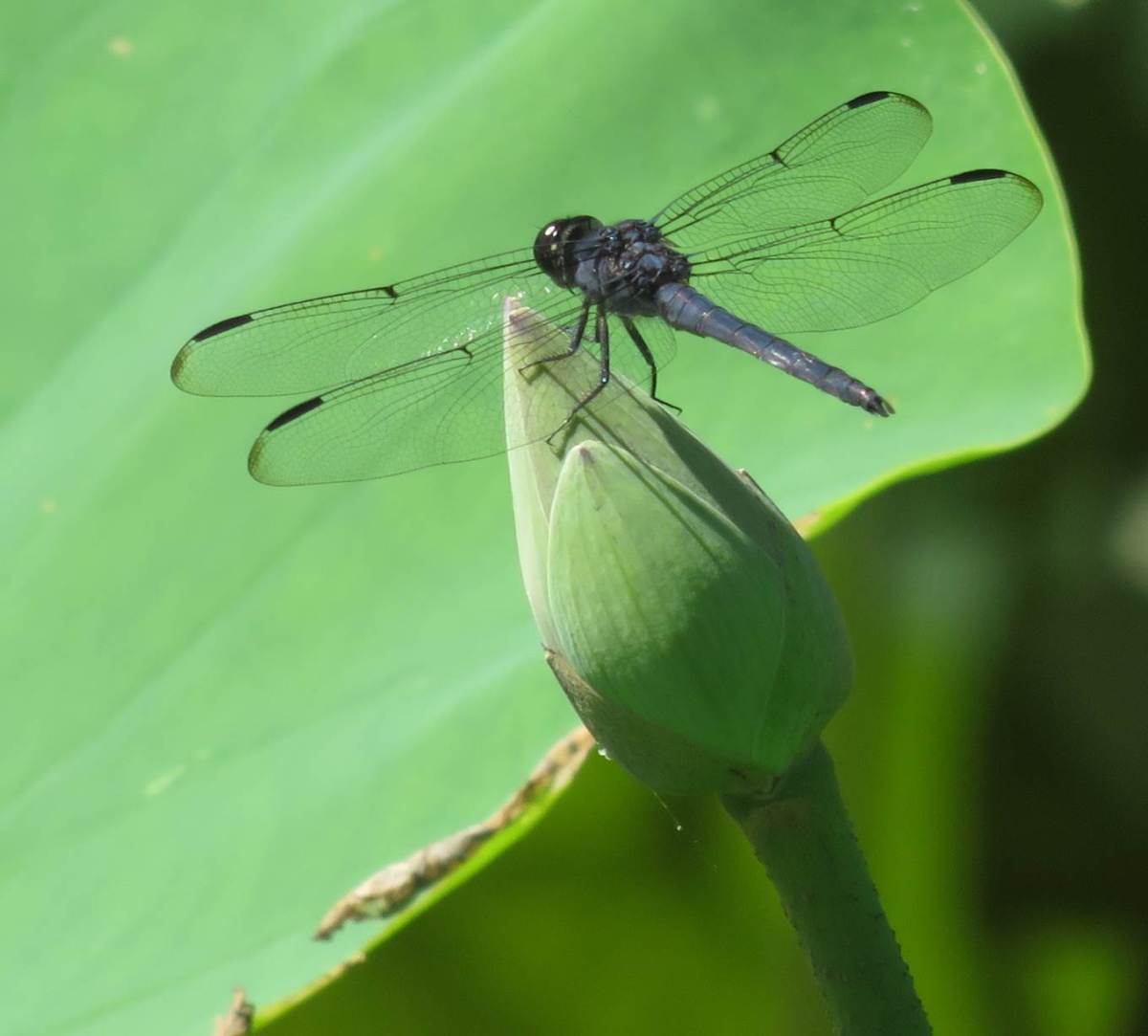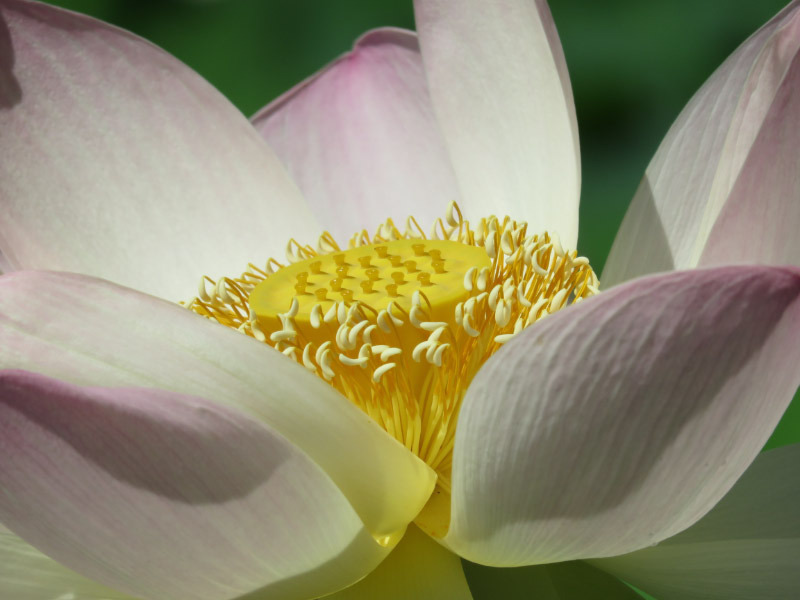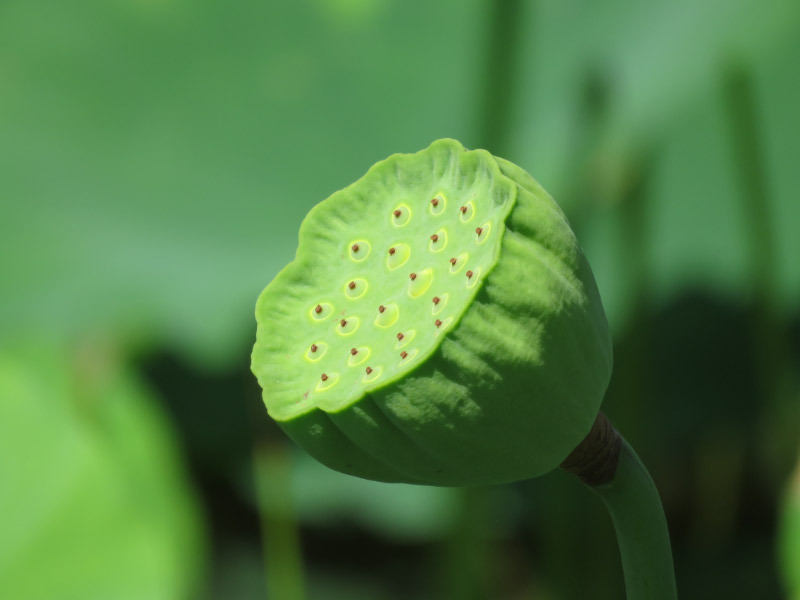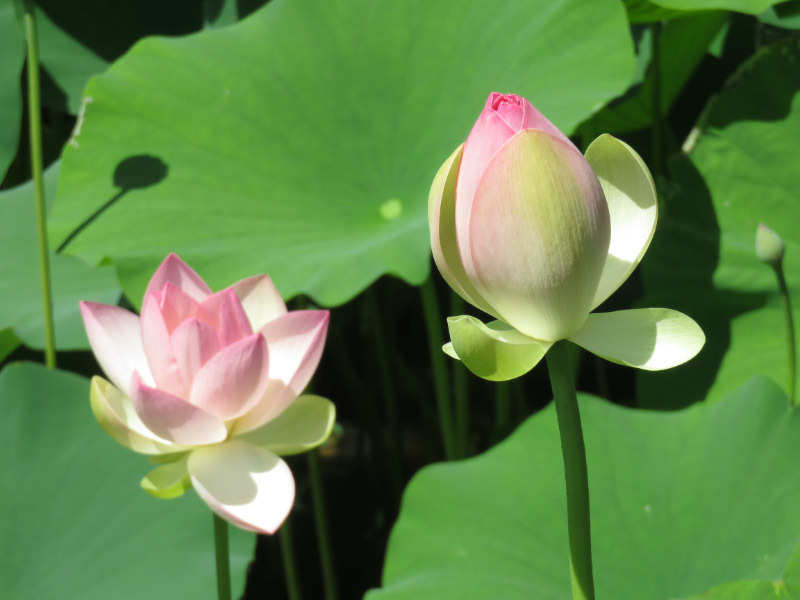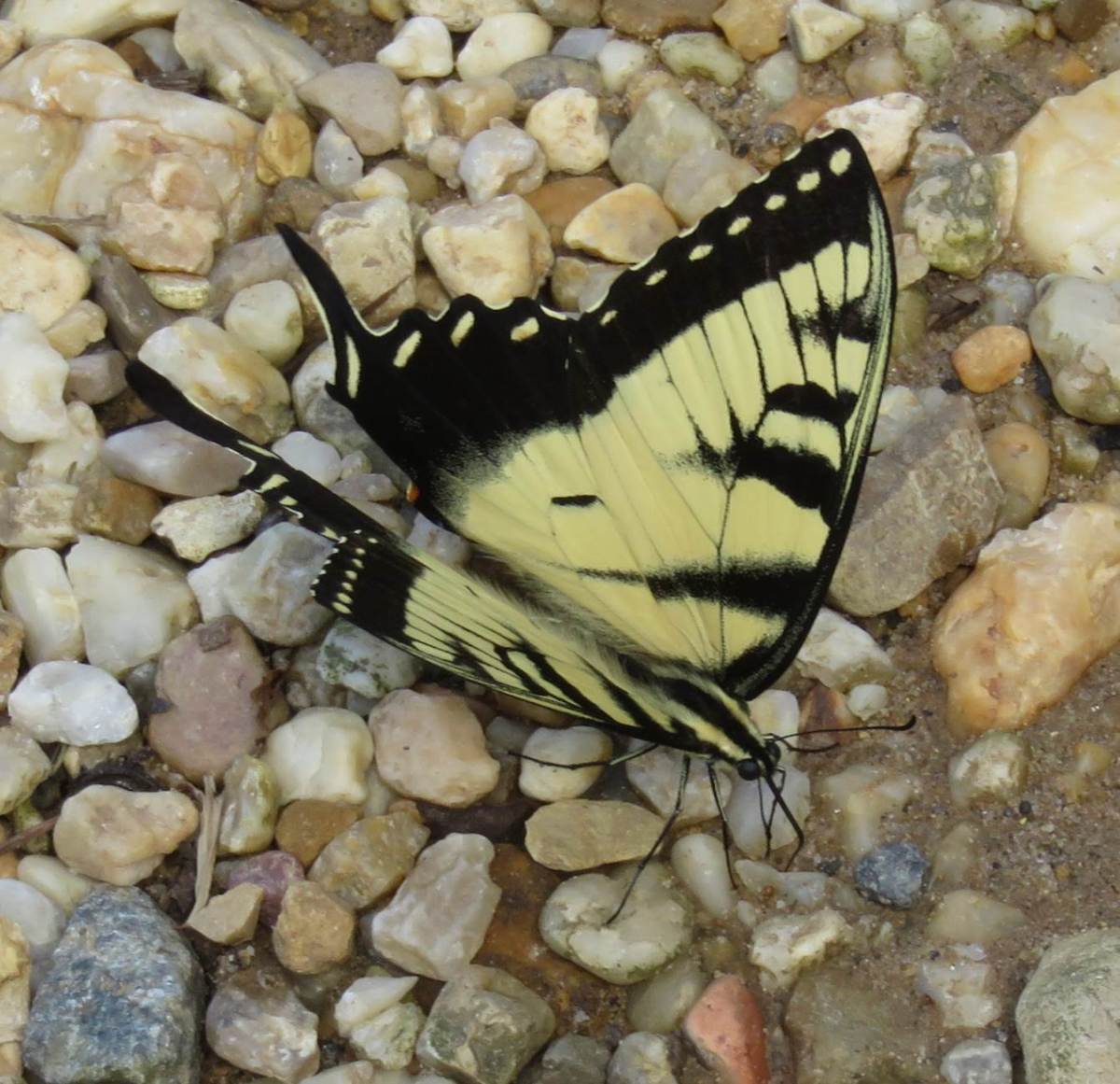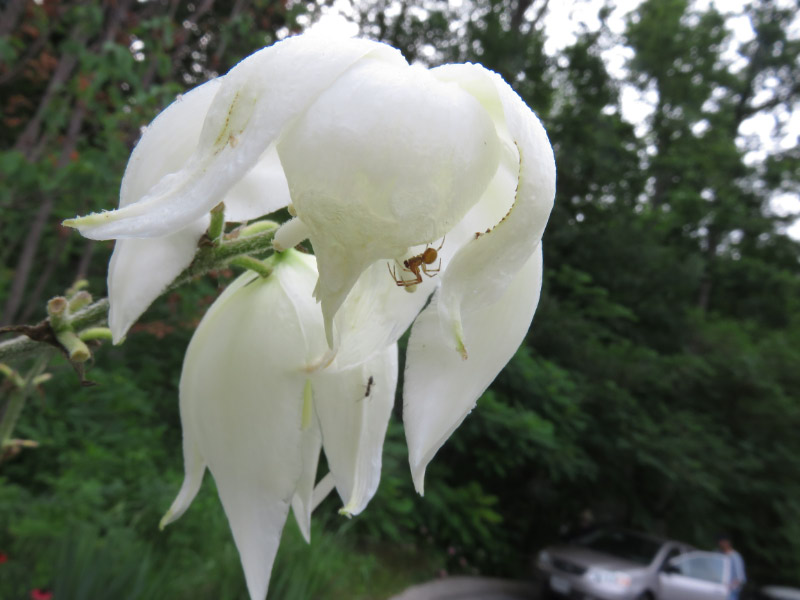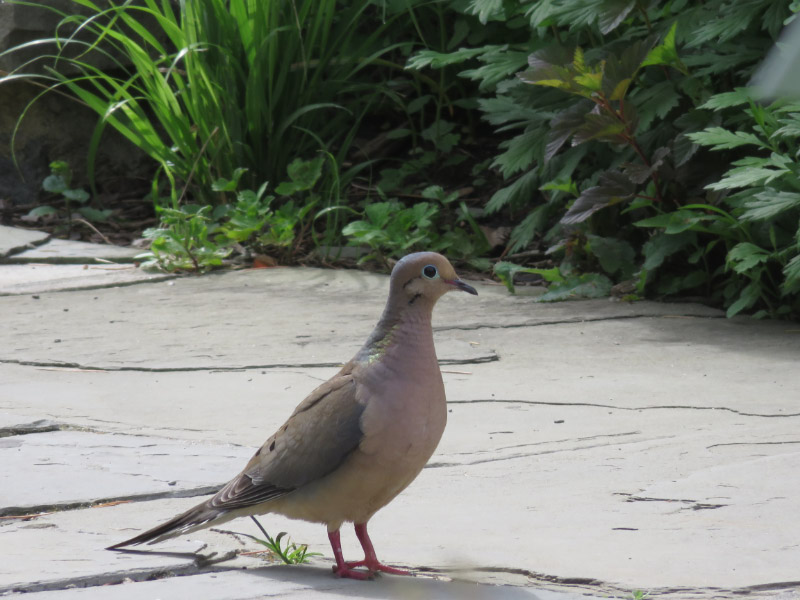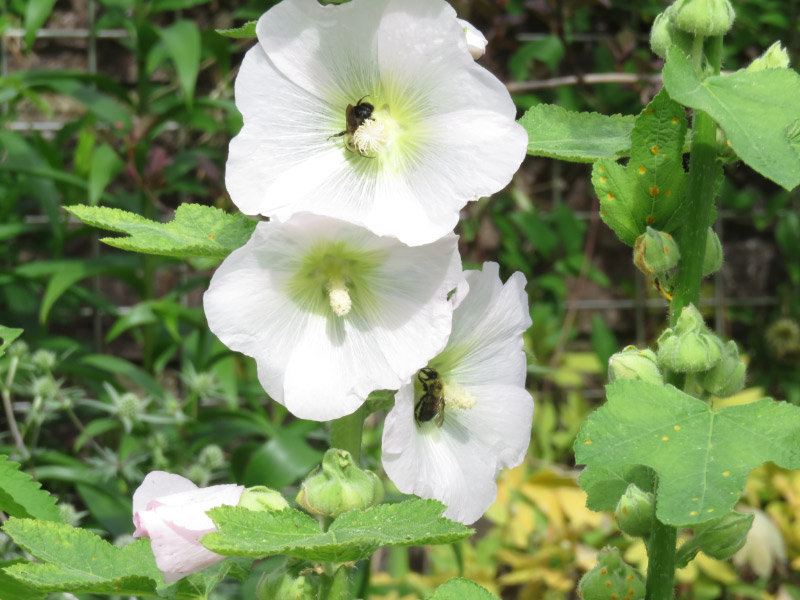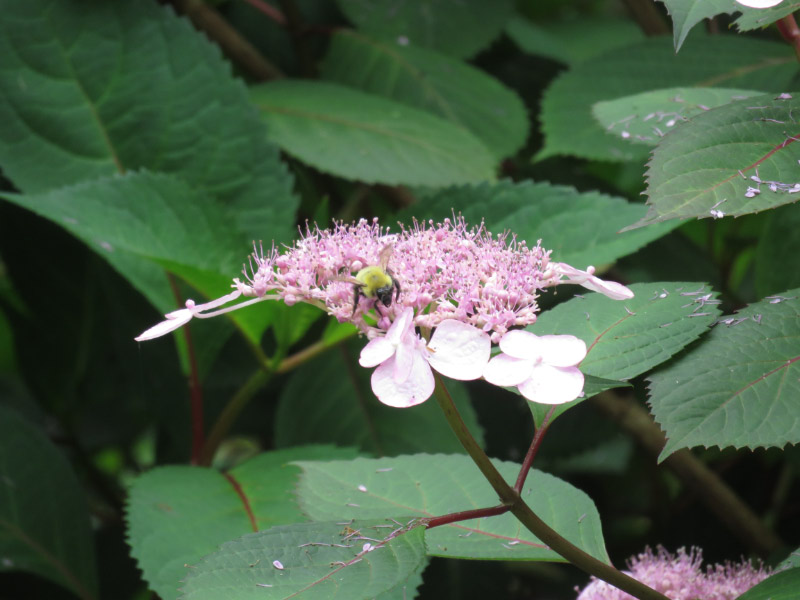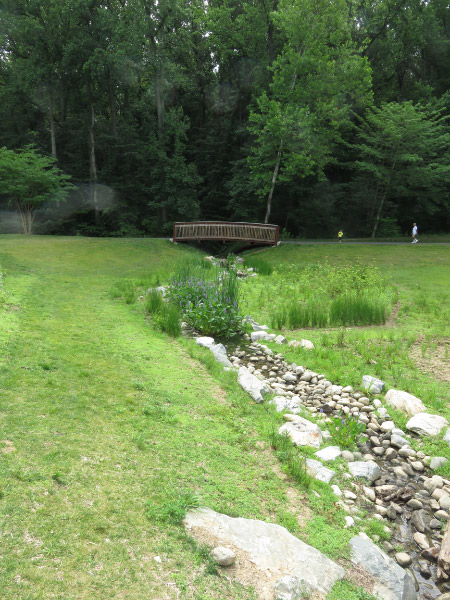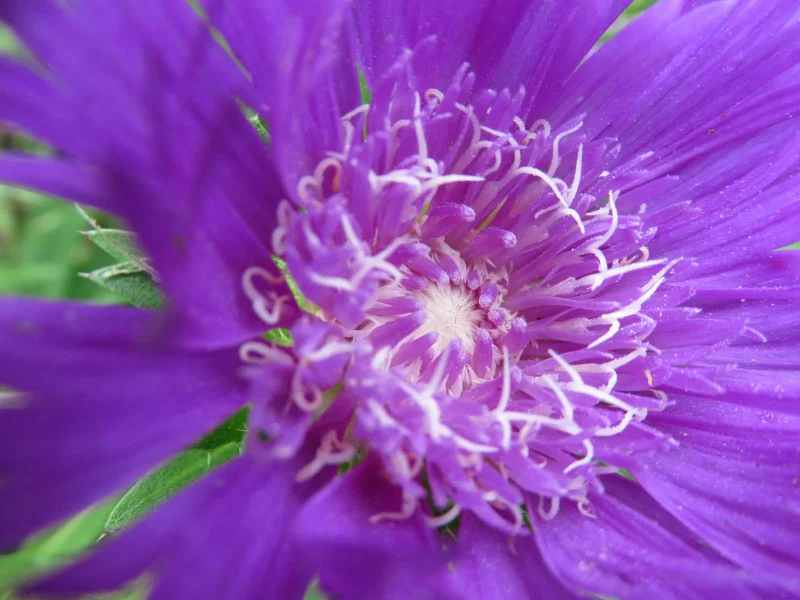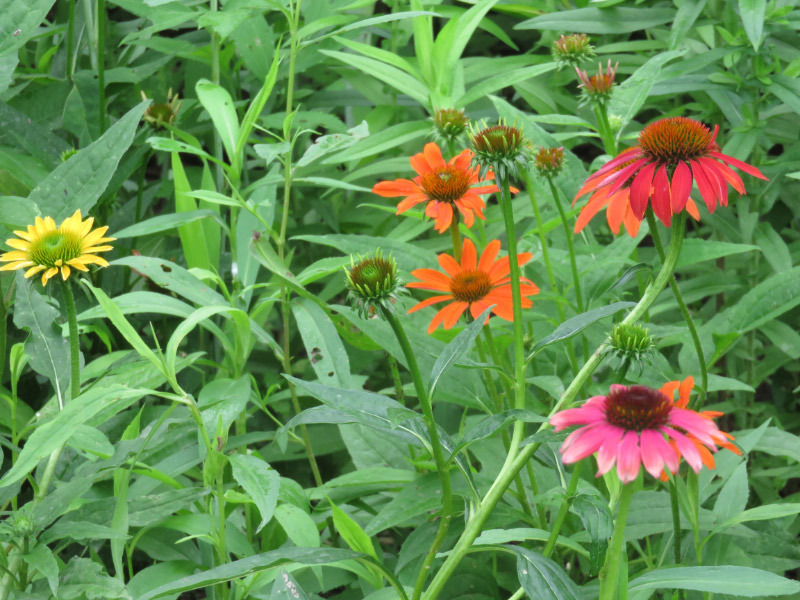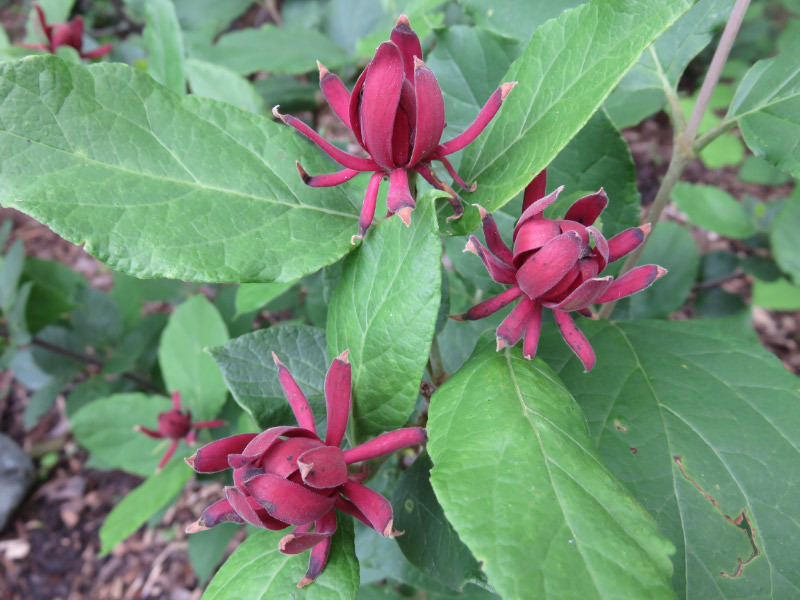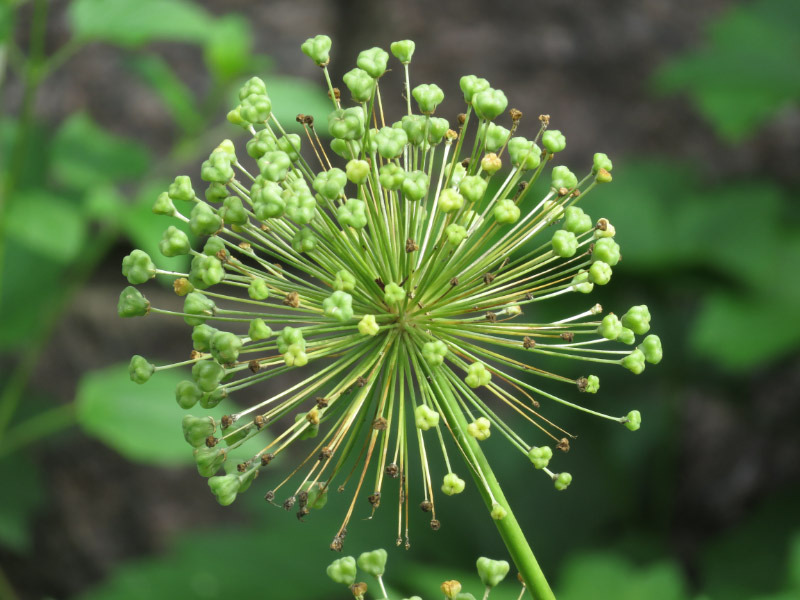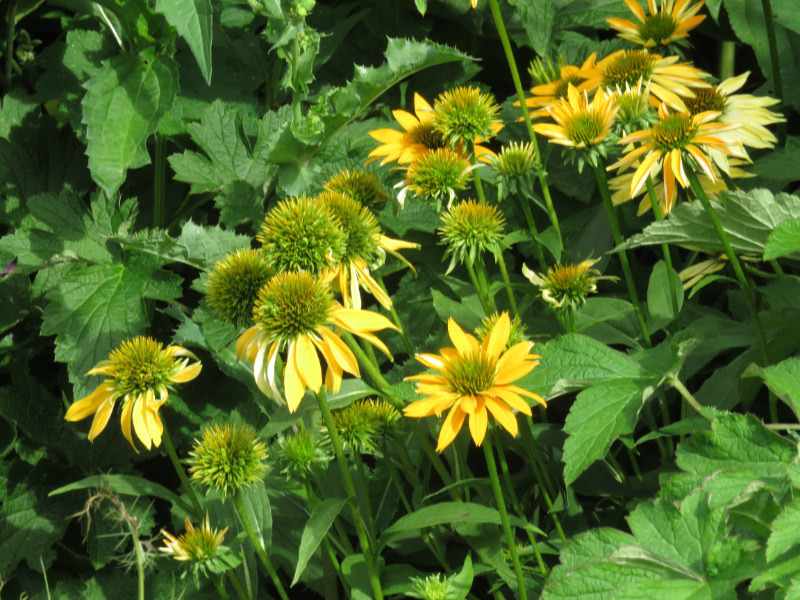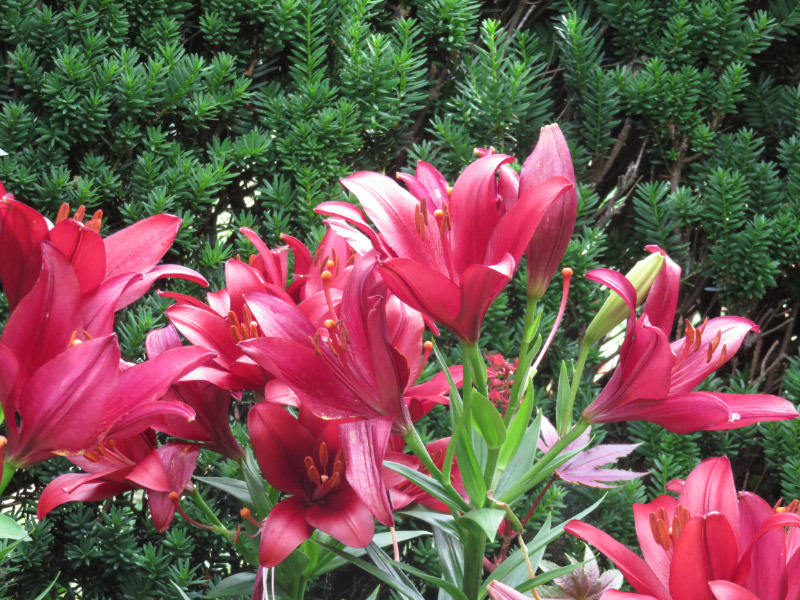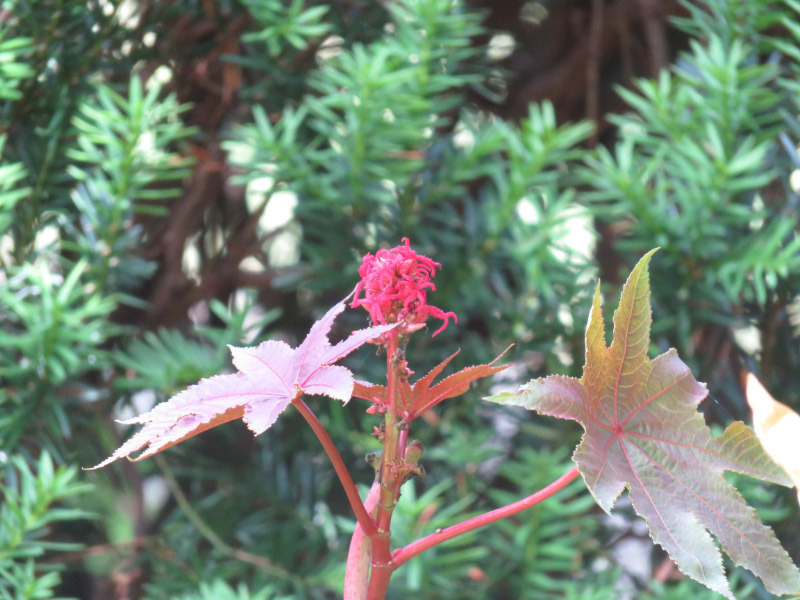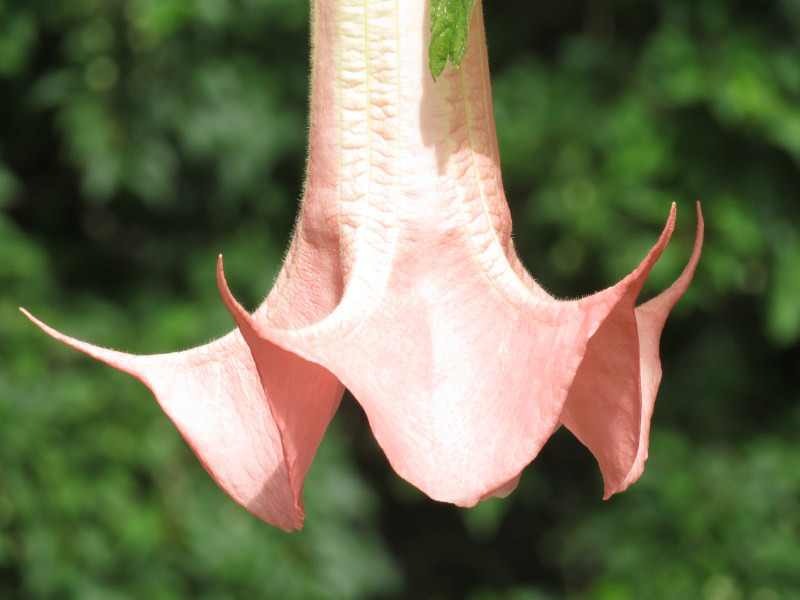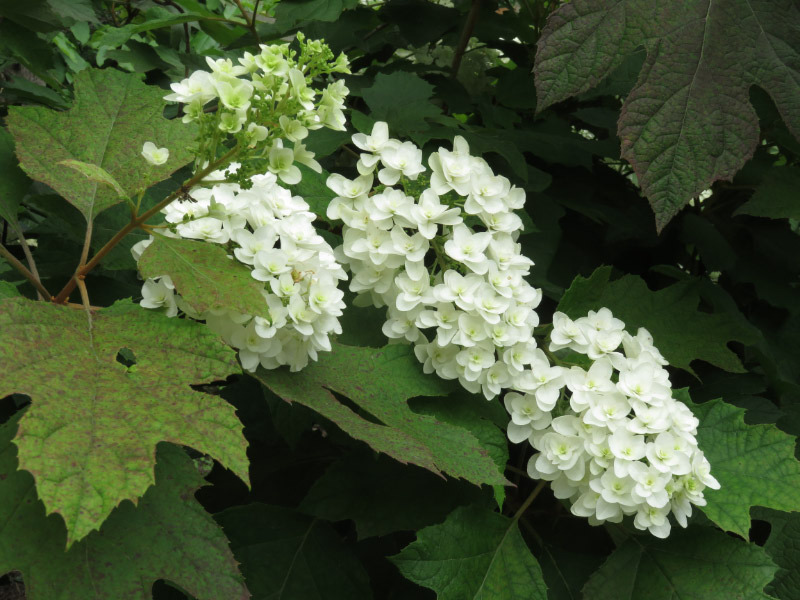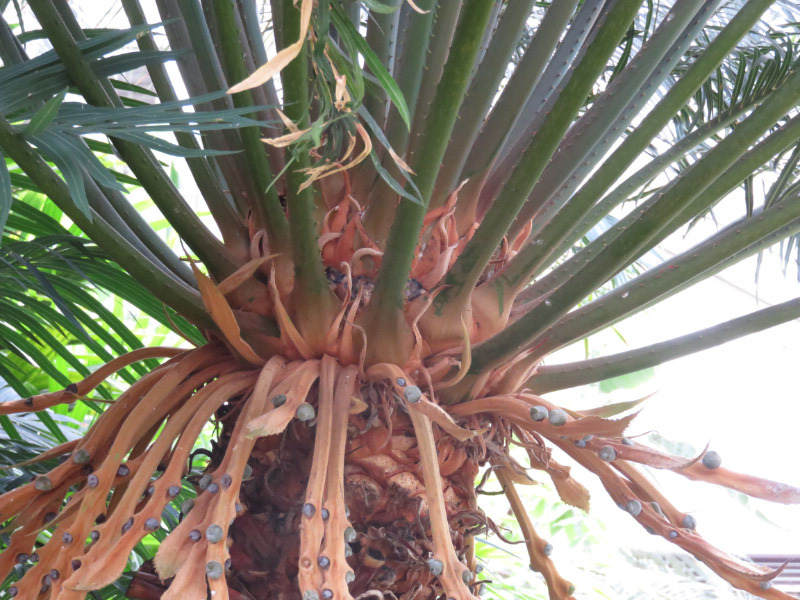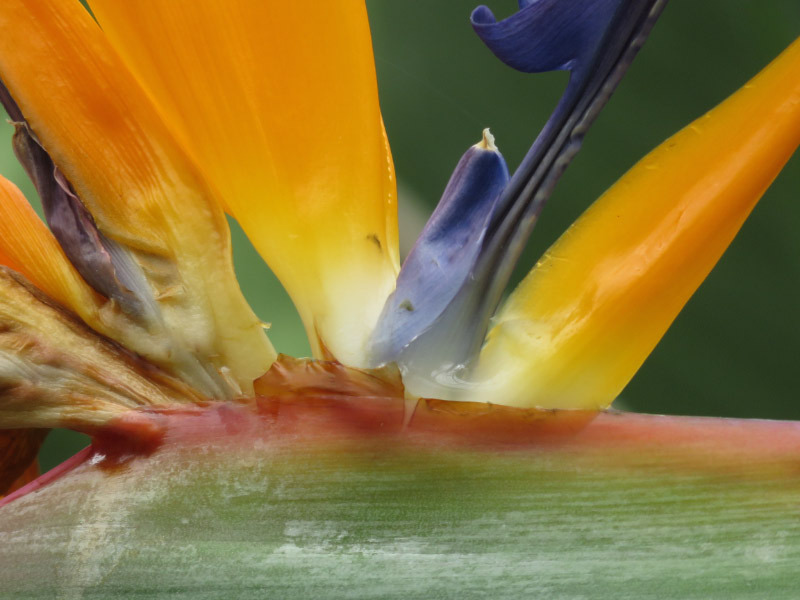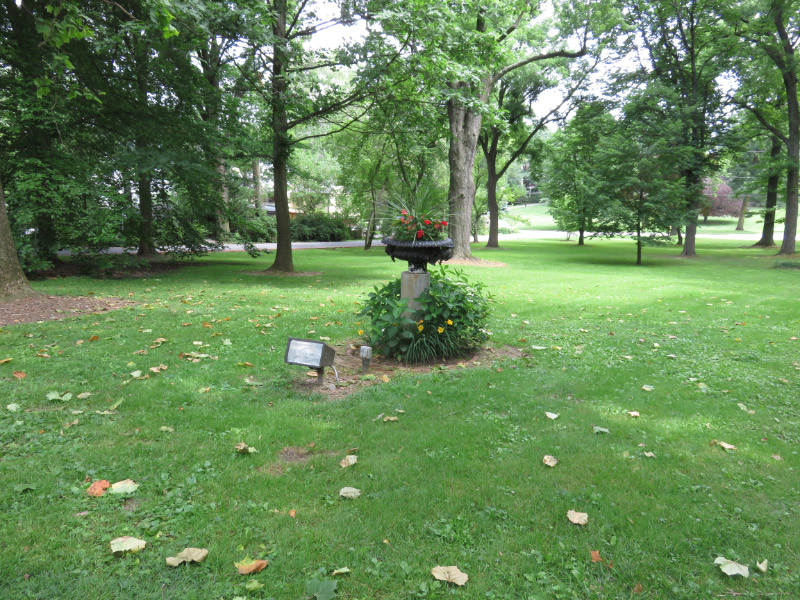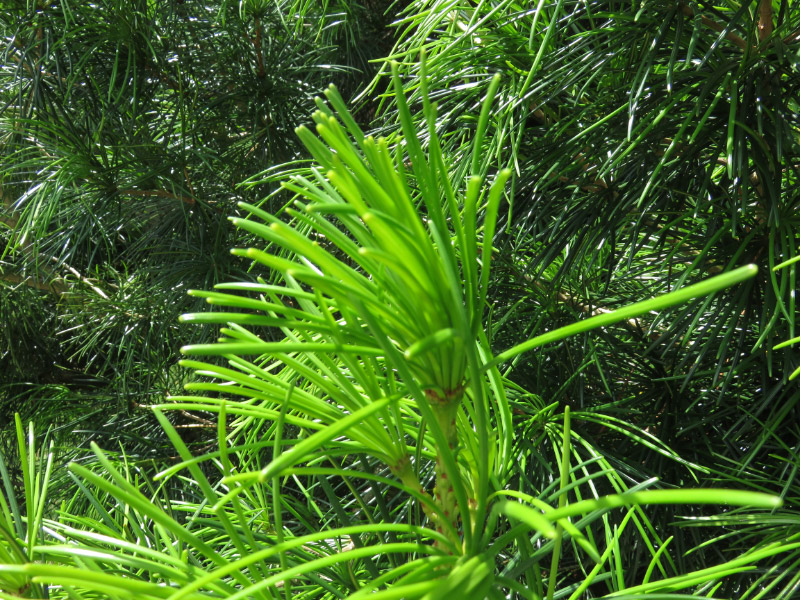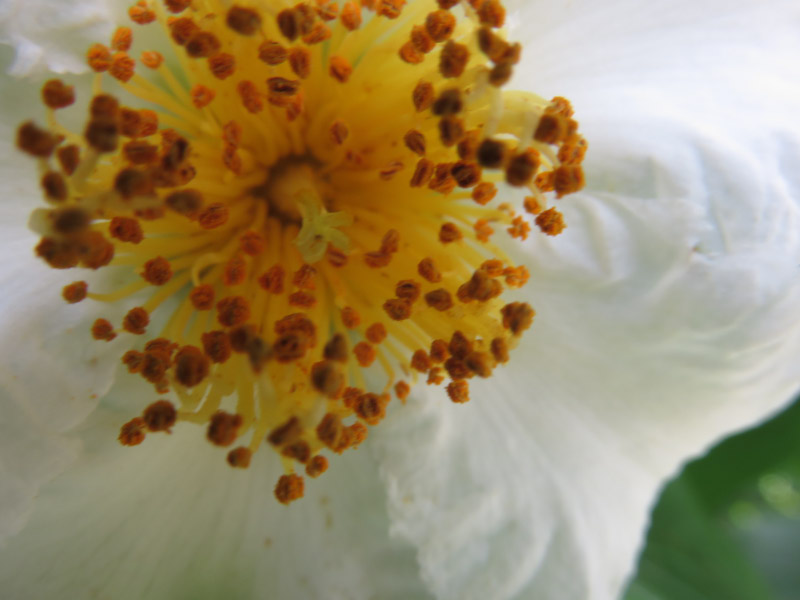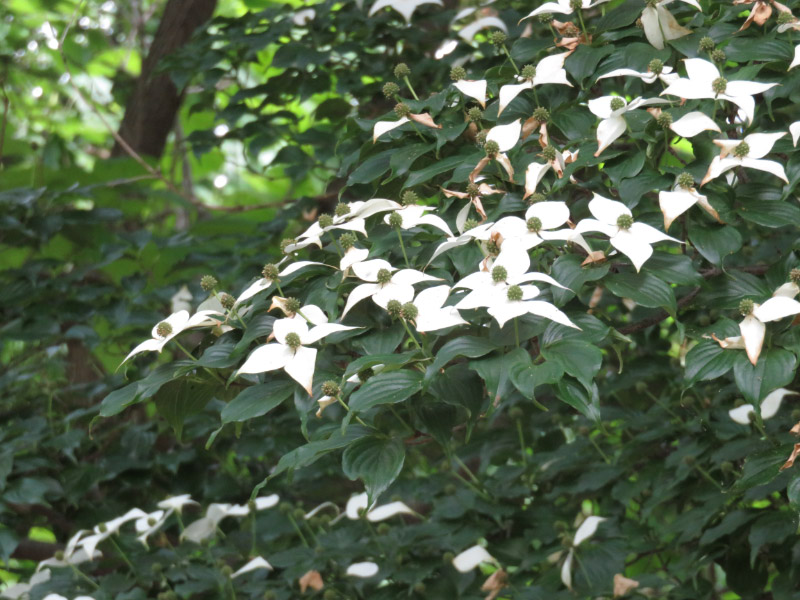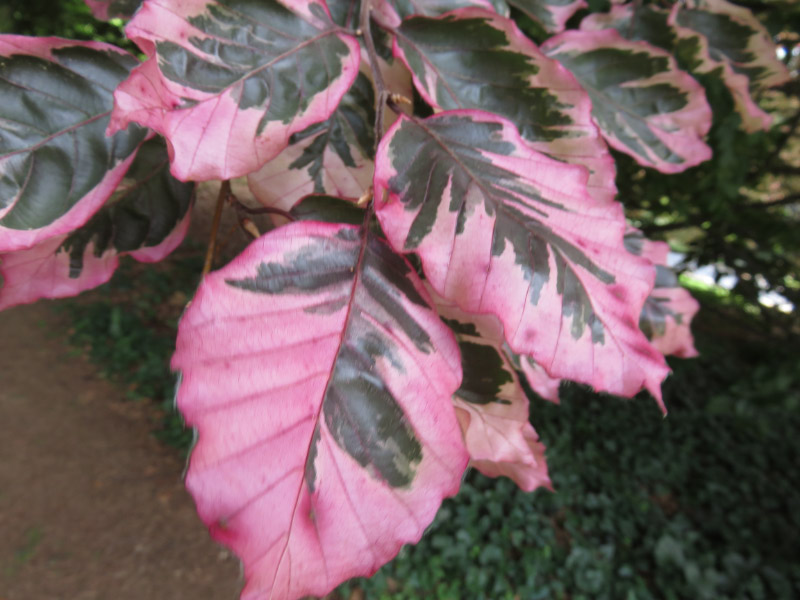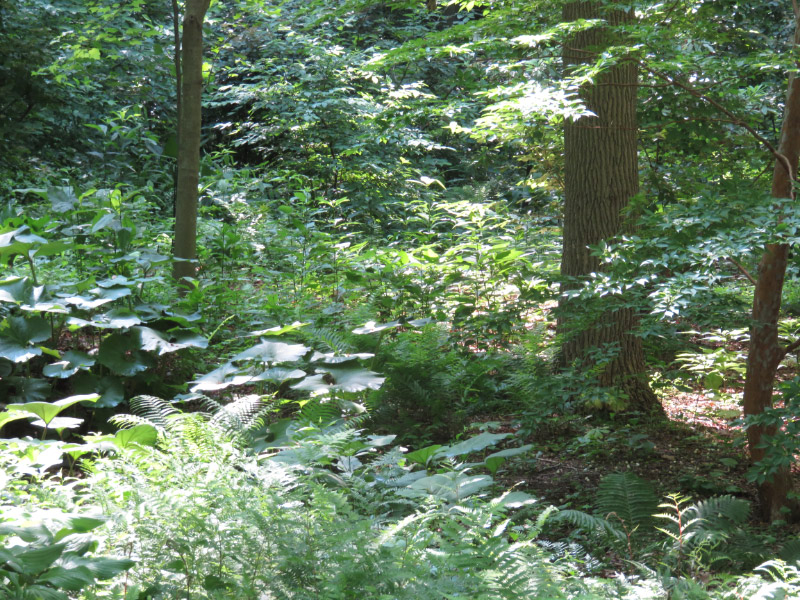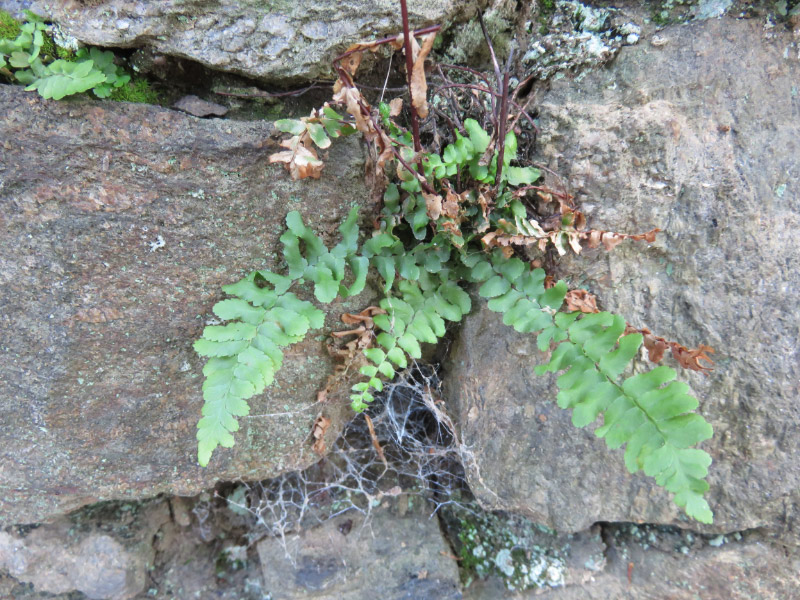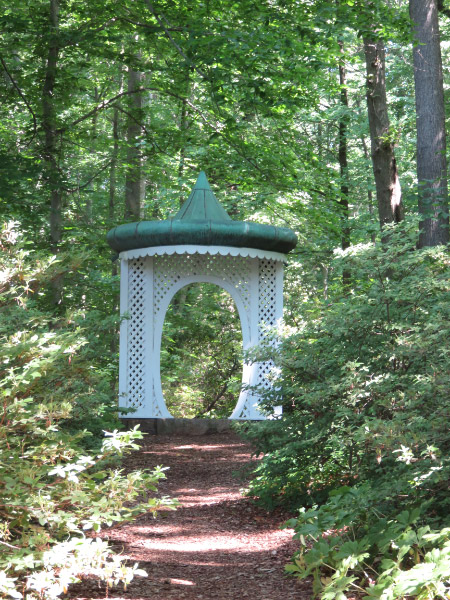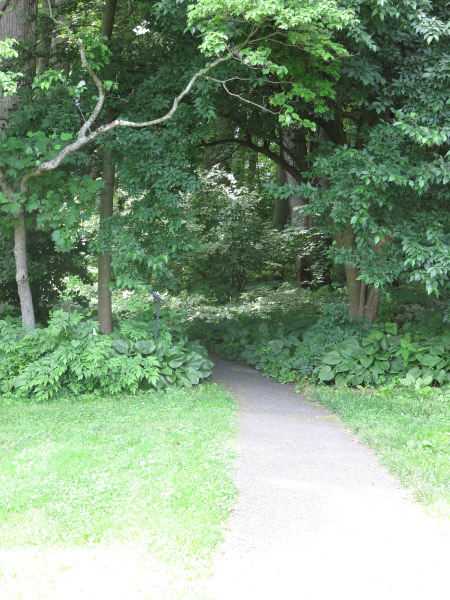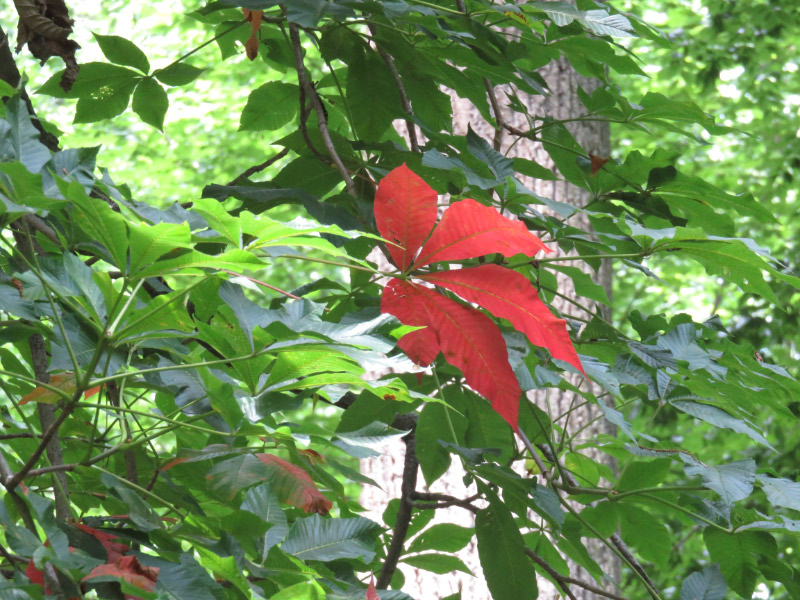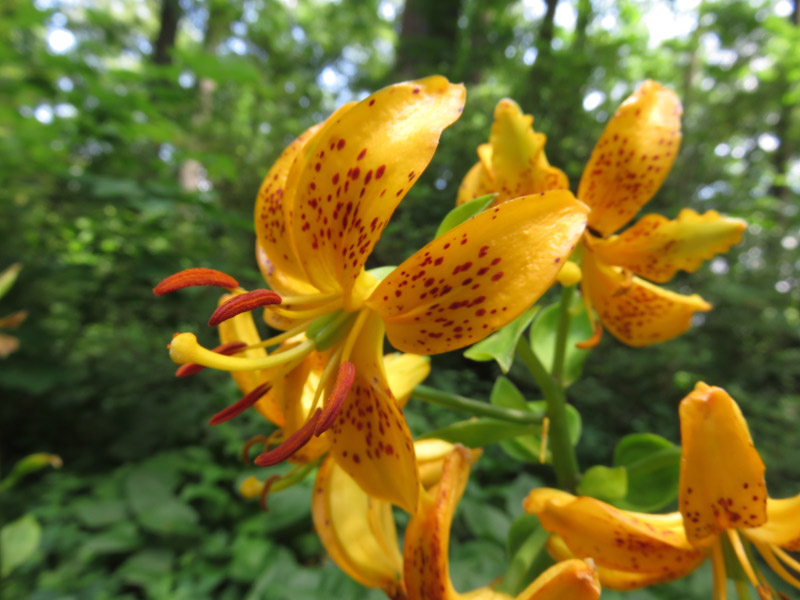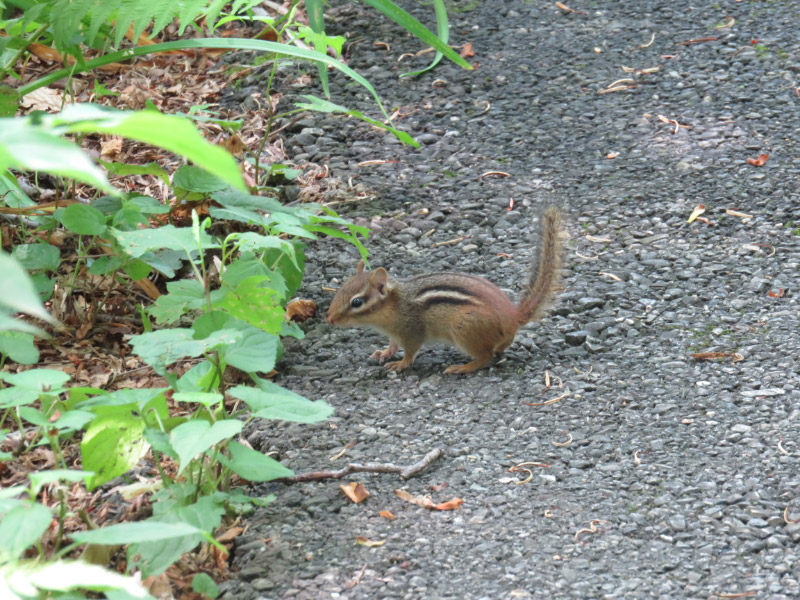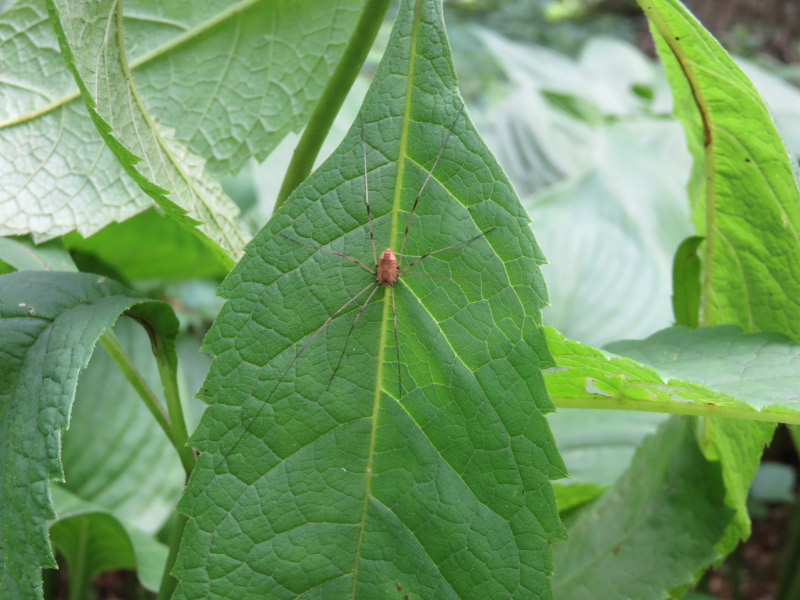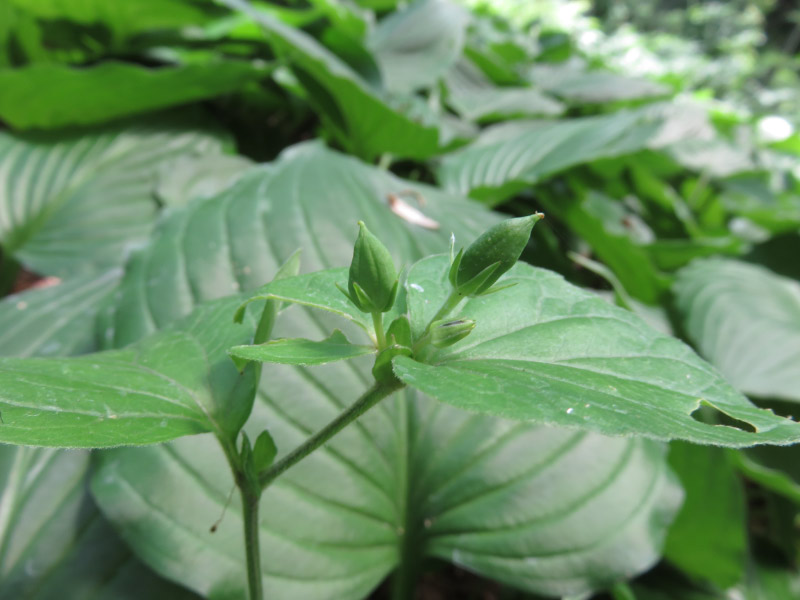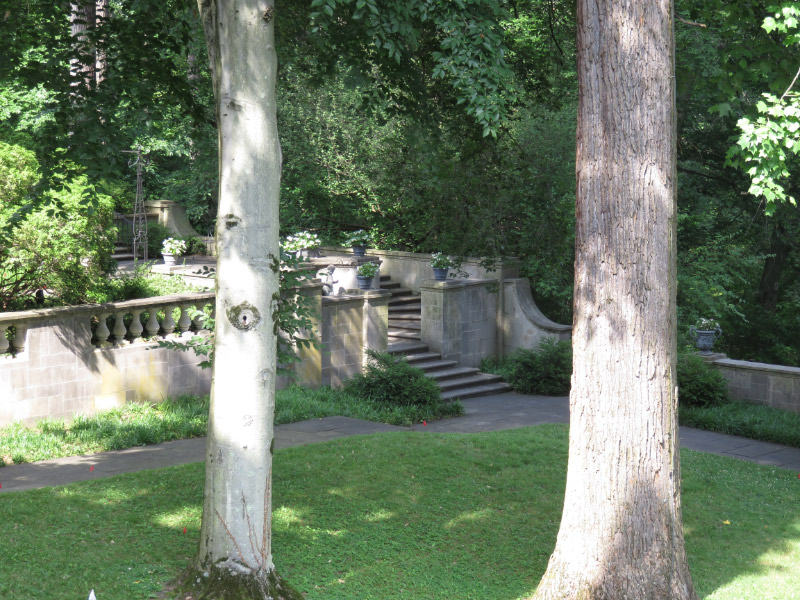Noticing something worth celebration each day is an easy thing for me to do. The habit of writing it down reminds me to be grateful for these and a myriad of other things in my life. Here are my top 10 for the earlier days of June 2015 (actually there are a few more than 10 listed below…it has been a month full of celebrations!).
I’ve been doing some traveling the past few weeks: two one-night-away trips and half-day jaunts.
Winterthur (Delaware) was overwhelming in many ways. I did the Introductory tour and Antiques and Architecture tour --- which is almost too much for one day! But the walk back to the visitor’s center through the woodland garden is soothing. It is a place to celebrate. I am prompted to read the biography Henry Francis DuPont that I’ve had in my ‘to read’ pile for the past few months - and celebrate Winterthur again as I savor the book.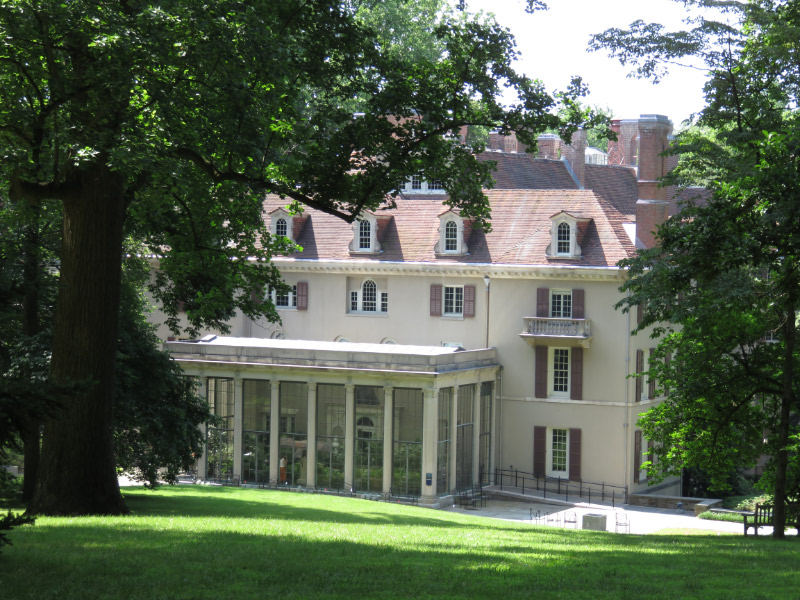
Wheatland (Lancaster PA) was a place I had touring more than 20 years ago but I enjoyed much more than I expected to this time - both the house and grounds. By the time we headed home I was celebrating the place. Maybe it was because I was early enough to get a private tour. The guide was excellent. The highpoint may have been seeing how hooped skirts compressed to go upstairs!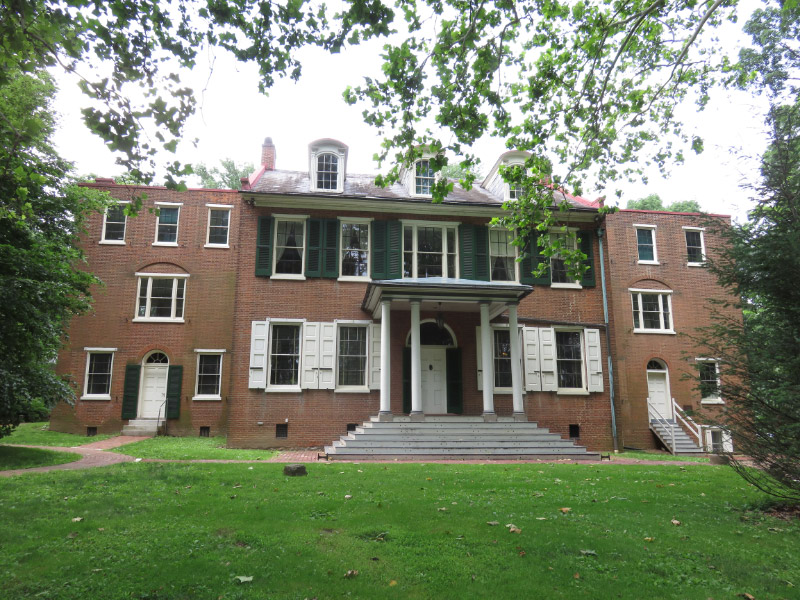
Centennial Park was one of the ways I celebrated being home again. The walk around the lake on a summer morning is good exercise and another opportunity to photograph milkweed.
Maymont (Richmond VA) my favorite ‘golden age mansion’ …. better than anything in Newport RI because the house and furnishings were left intact when donated to the city of Richmond. The tour guide was knowledgeable and photography was allowed. It appealed to me that the house was lived in except for the hottest months of the year rather than being used for 6-8 weeks only like many of the mansions in Newport. I’ll do a complete post about Maymont in a week or so. Maymont is a celebration of tangible history!
Monticello (Charlottesville VA) is a place I’ve been every few years since we moved to the east coast in 1983. There are always a lot of people and the foundation has evolved to handle the crowds. We made reservations for the ‘Behind the Scenes’ and it was well worth it; the renovation and furnishing of the upstairs rooms were just finished in May! During the tour, I celebrated that some of the spaces had been furnished to allow for sitting (after more than an hour of walking around the house!) but now I celebrate that every time I got to Monticello I notice something I did not before - sometimes on my own and sometimes prompted by a tour guide. I plan to post about the Monticello experience in a week or so.
Brookside is always worth a walk around. It is a good celebration close to home. Pictures are coming soon in another post.
Thrift stores celebrations are always about the serendipity of finding something great at a low price. In June I went twice. The first time I only found blouses….the second time skirts. And several ‘match’!
Gorman Farms CSA started their season this month. It is a weekly celebration of fresh produce….as long as I don’t feel overwhelmed by the bounty. So far - I am just barely keeping up (although there is some fruit beety in the freezer).
A mouth guard may not be something to celebrate but my new one is more flexible than my old one…it’s sparklingly free of deposits. Overall - I celebrate that a mouth guard enables me to sleep better!
A new hot water heater was installed in our house this month. The old one had started to leak after 24 years. I celebrated that we discovered it almost immediately, that it didn’t leak fast enough to get anything in the basement wet, and that we were never without hot water!
Master Naturalist activity was very high at the beginning of the month: the annual conference and the last few elementary school field trips. Both were celebratory crescendos to the spring season activities. I am taking a ‘vacation’ until mid-July when I’m signed up to help with summer camps.
 After a hiatus from Courses for about 6 weeks - I couldn’t resist starting Geodesign: Change your World from PennState. The topic appealed to me and I am enjoying the short introduction videos, guest lectures, readings, and activities. These days knowing something about geodesign comes close to basic literacy because so many of the issues we have are only understood if integrated spatial relationships are considered. This is far beyond the basic map reading I learned in school 40 years ago and the statistical analyses I specialized in during the 1980s and 1990s. Geodesign thinking is helping everyone cope with the increased complexity in the world.
After a hiatus from Courses for about 6 weeks - I couldn’t resist starting Geodesign: Change your World from PennState. The topic appealed to me and I am enjoying the short introduction videos, guest lectures, readings, and activities. These days knowing something about geodesign comes close to basic literacy because so many of the issues we have are only understood if integrated spatial relationships are considered. This is far beyond the basic map reading I learned in school 40 years ago and the statistical analyses I specialized in during the 1980s and 1990s. Geodesign thinking is helping everyone cope with the increased complexity in the world.
